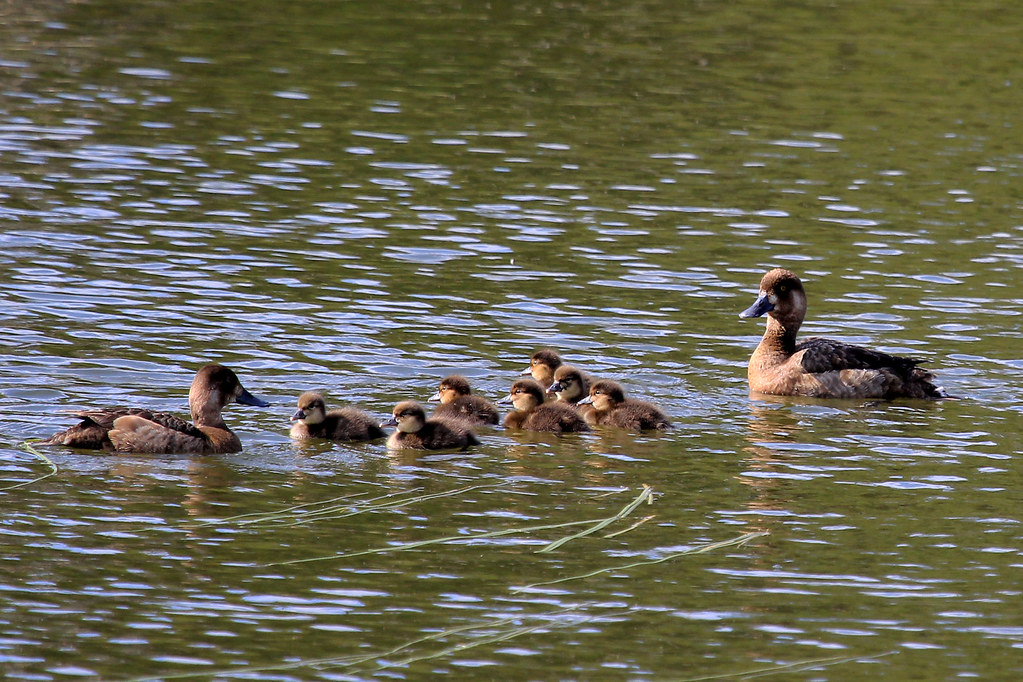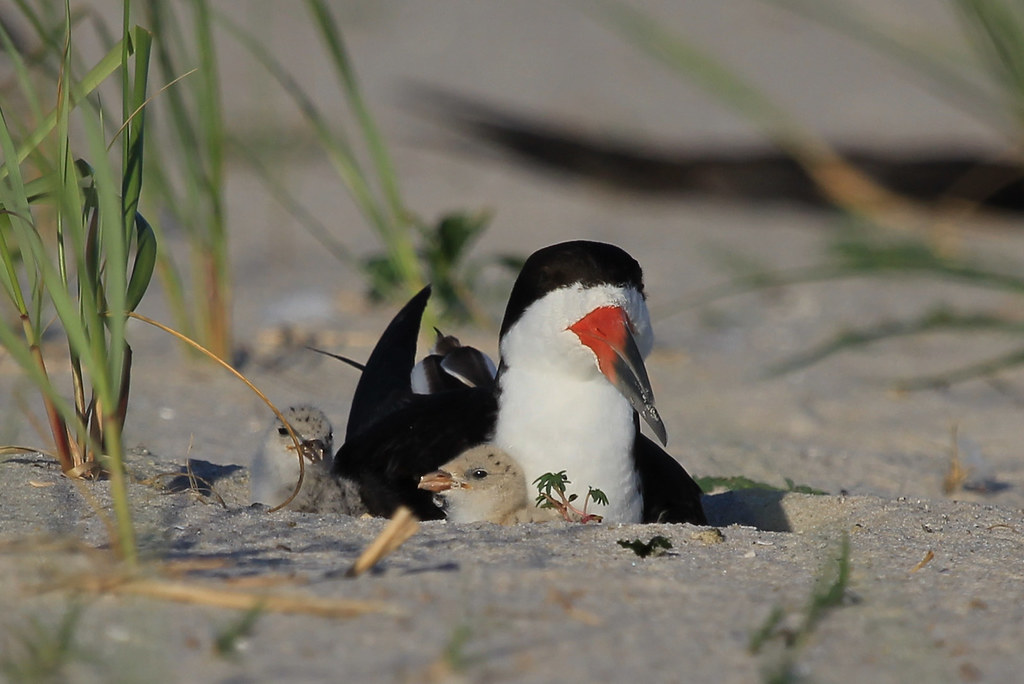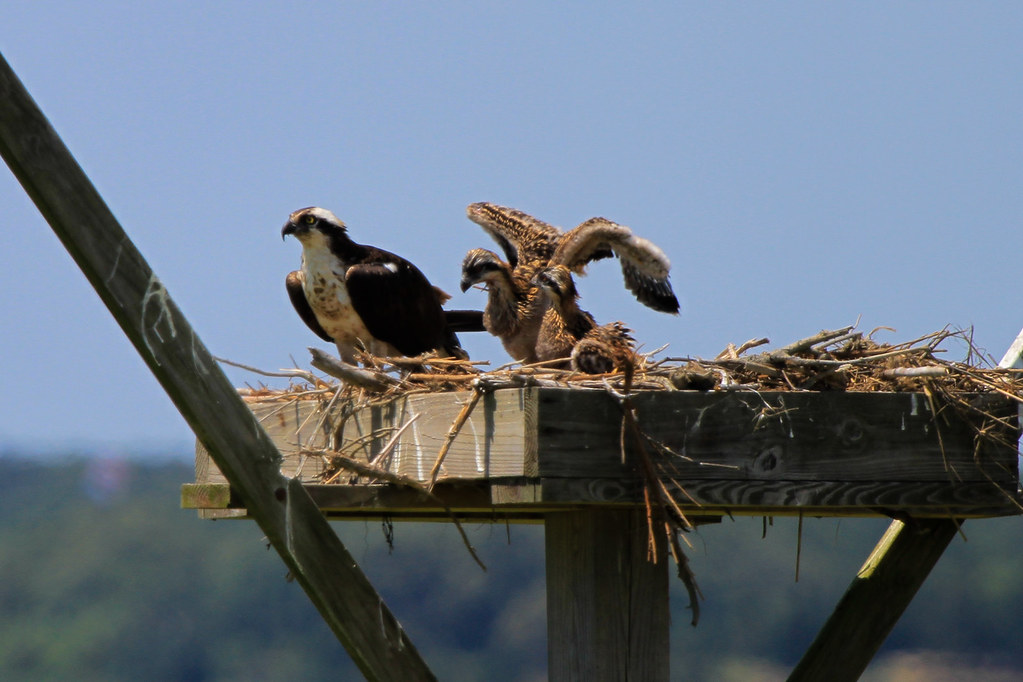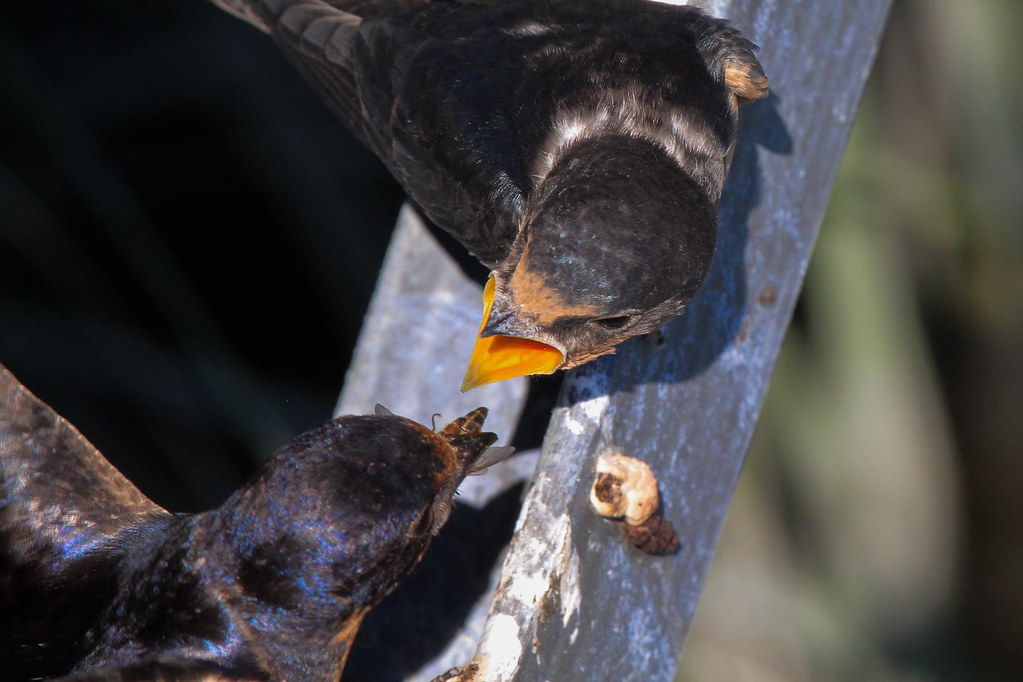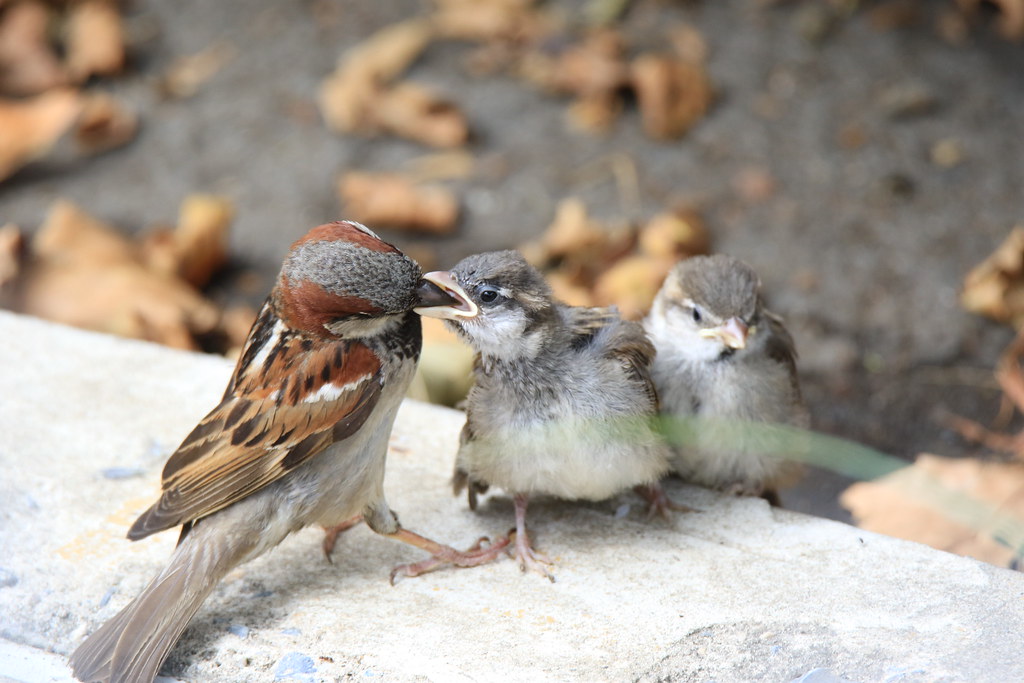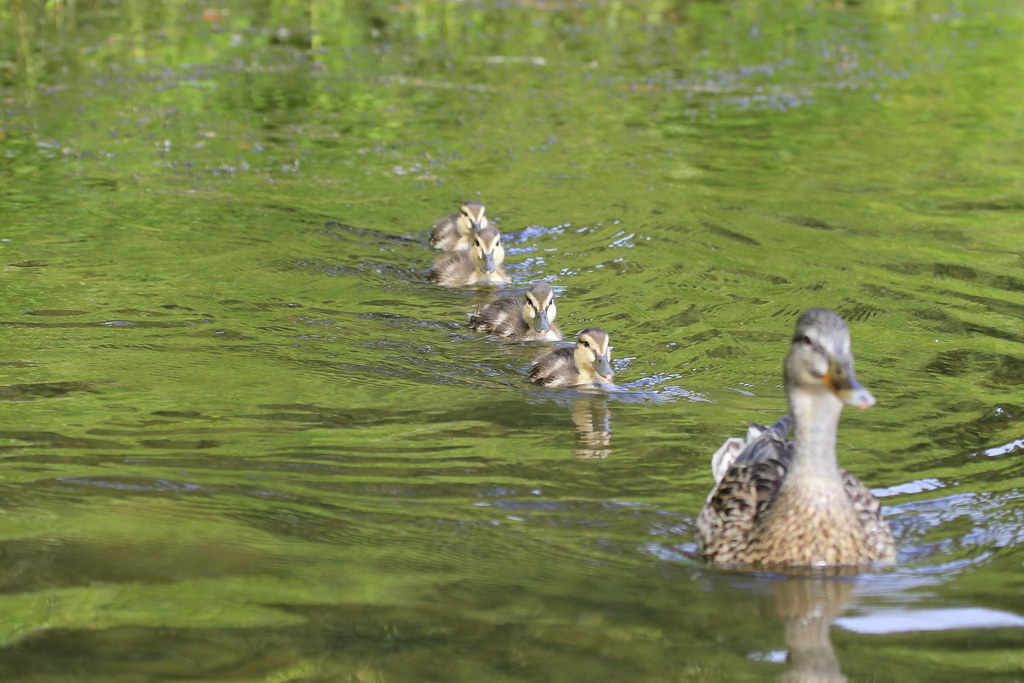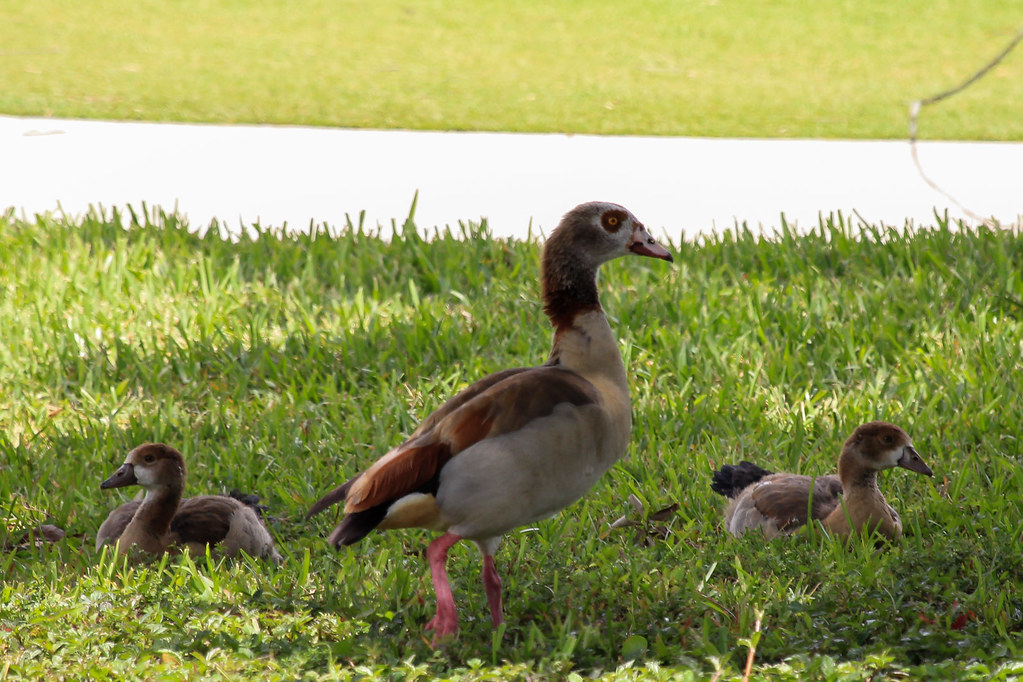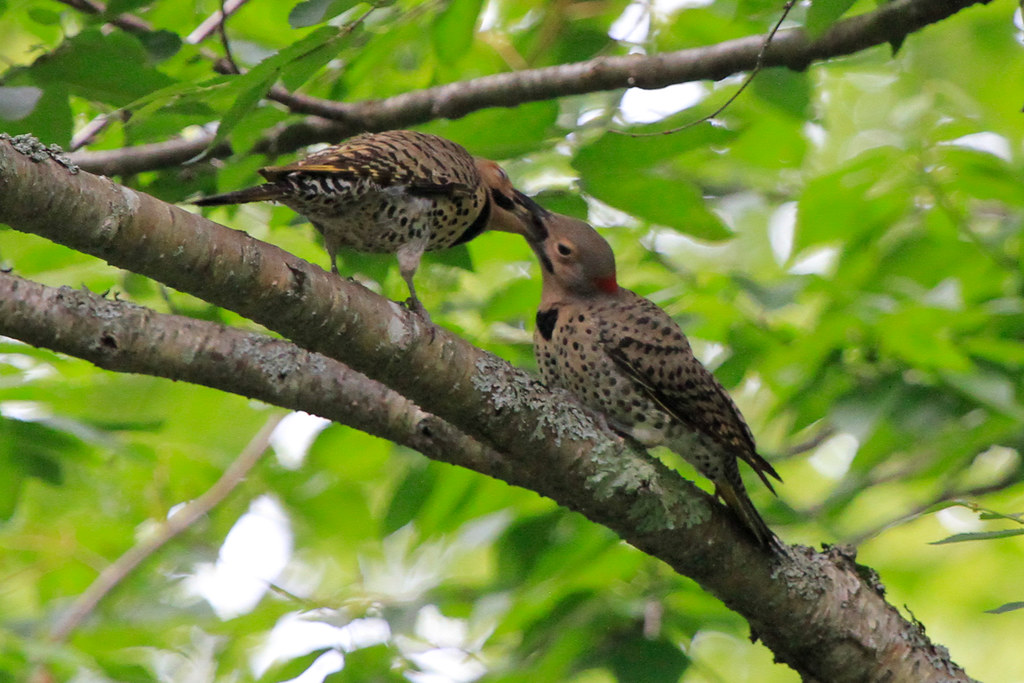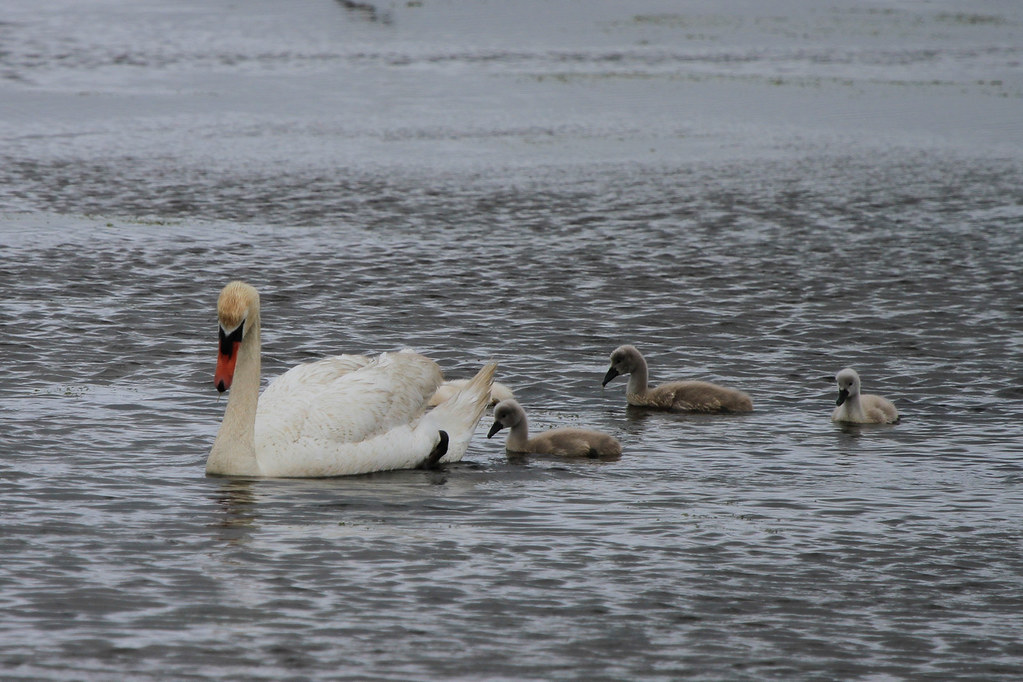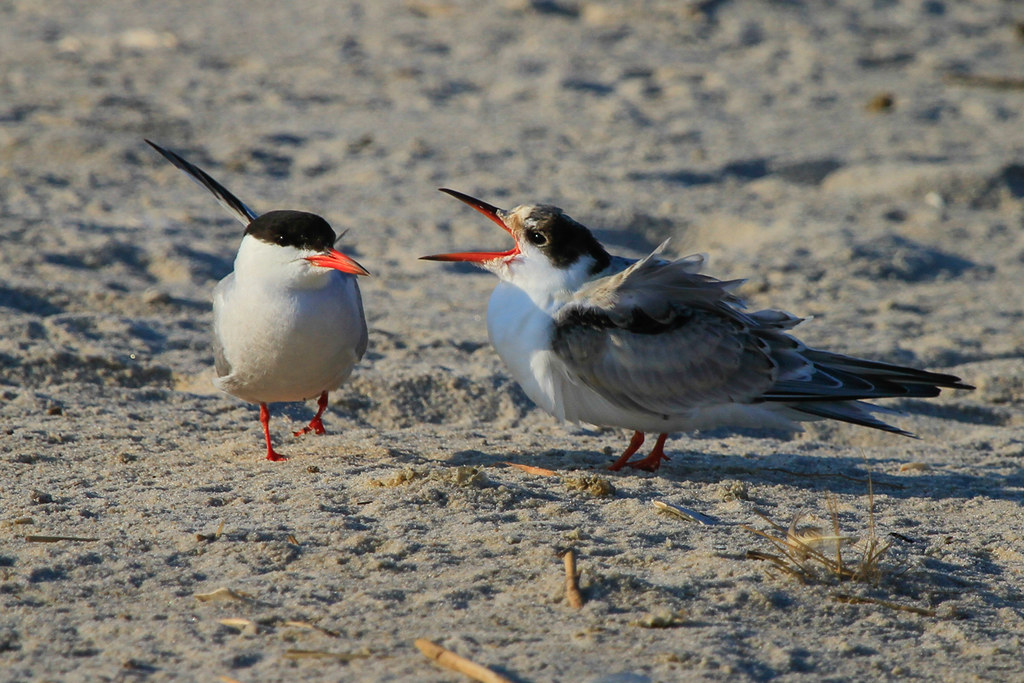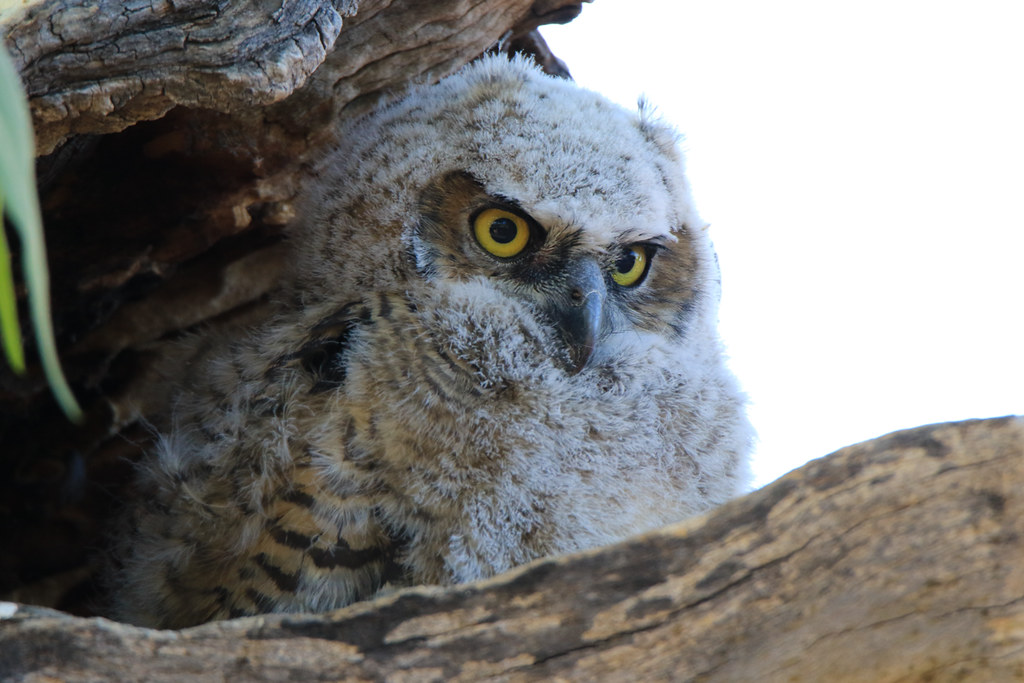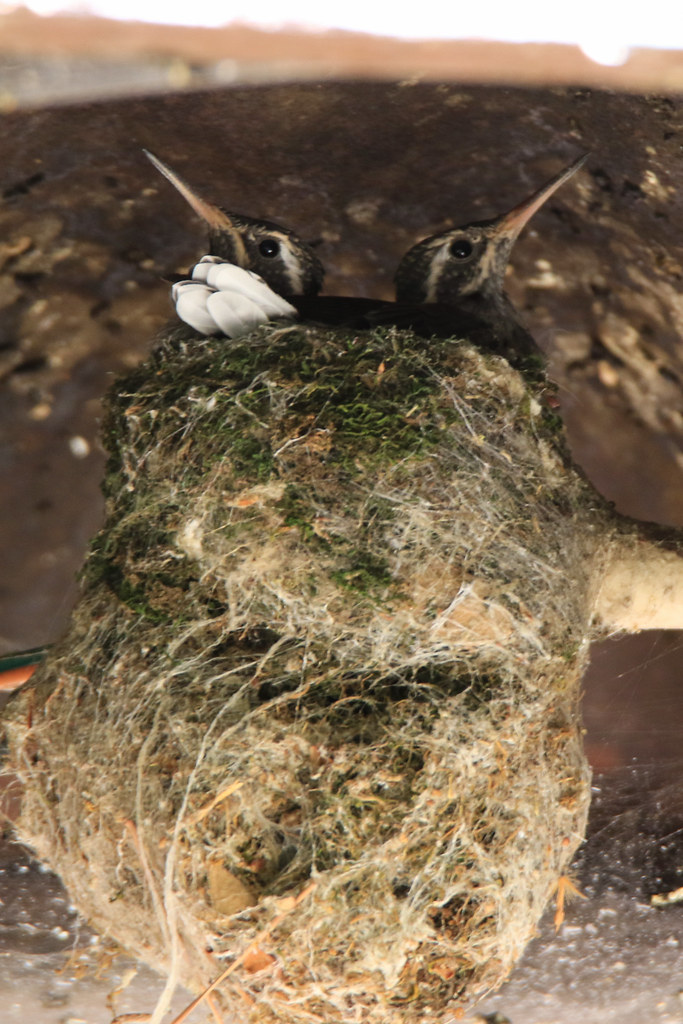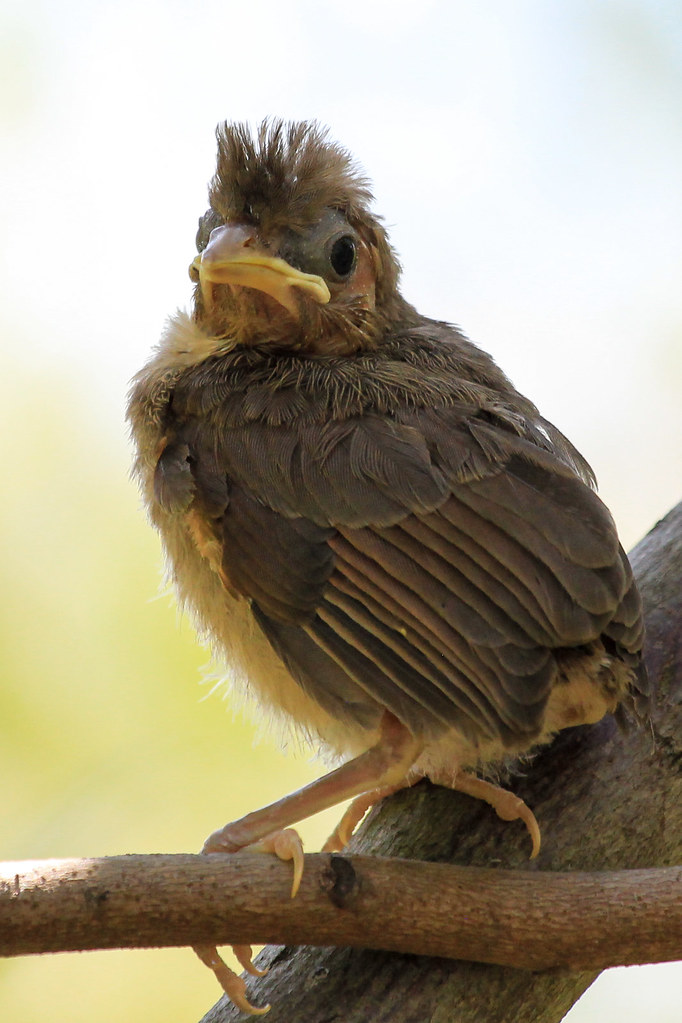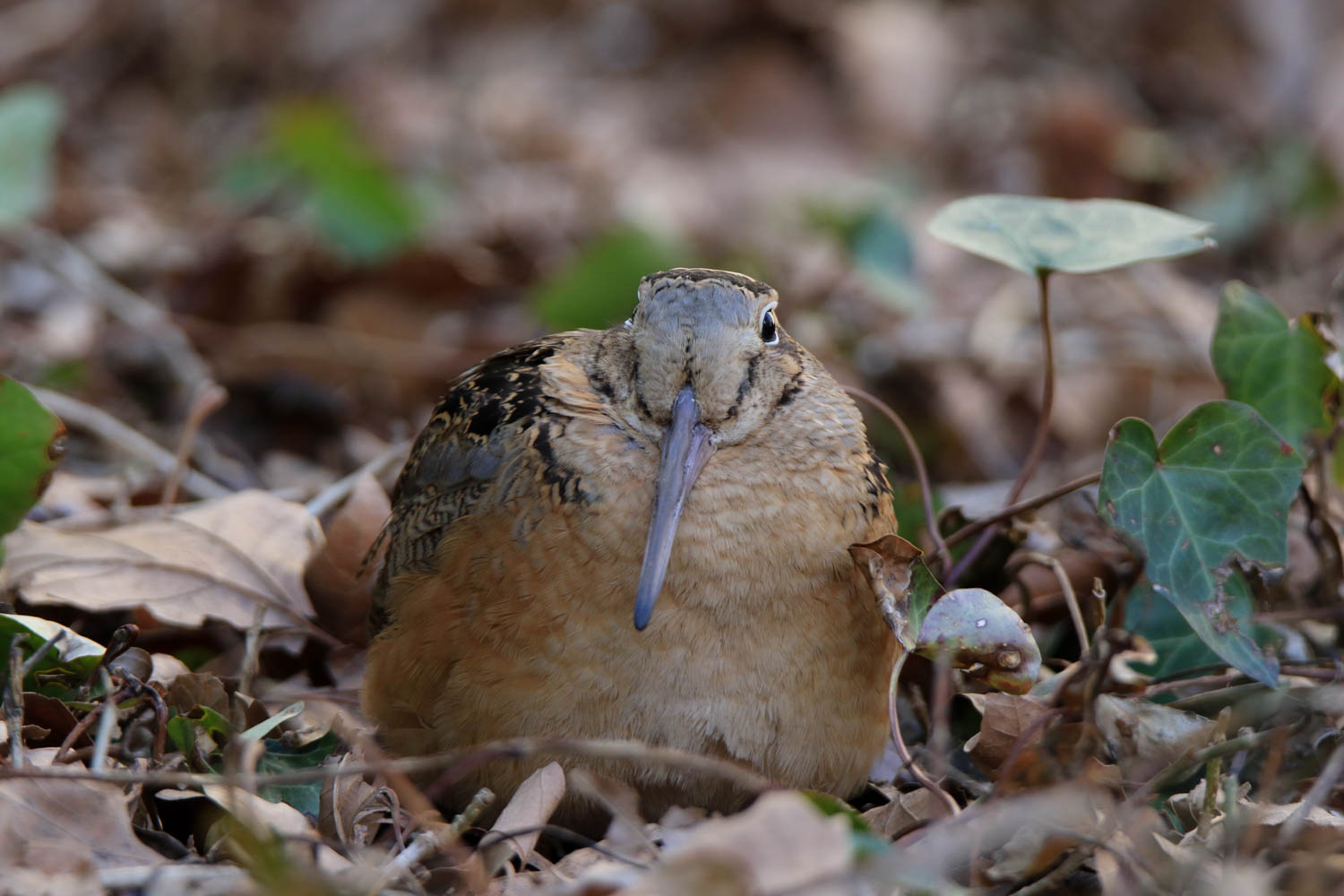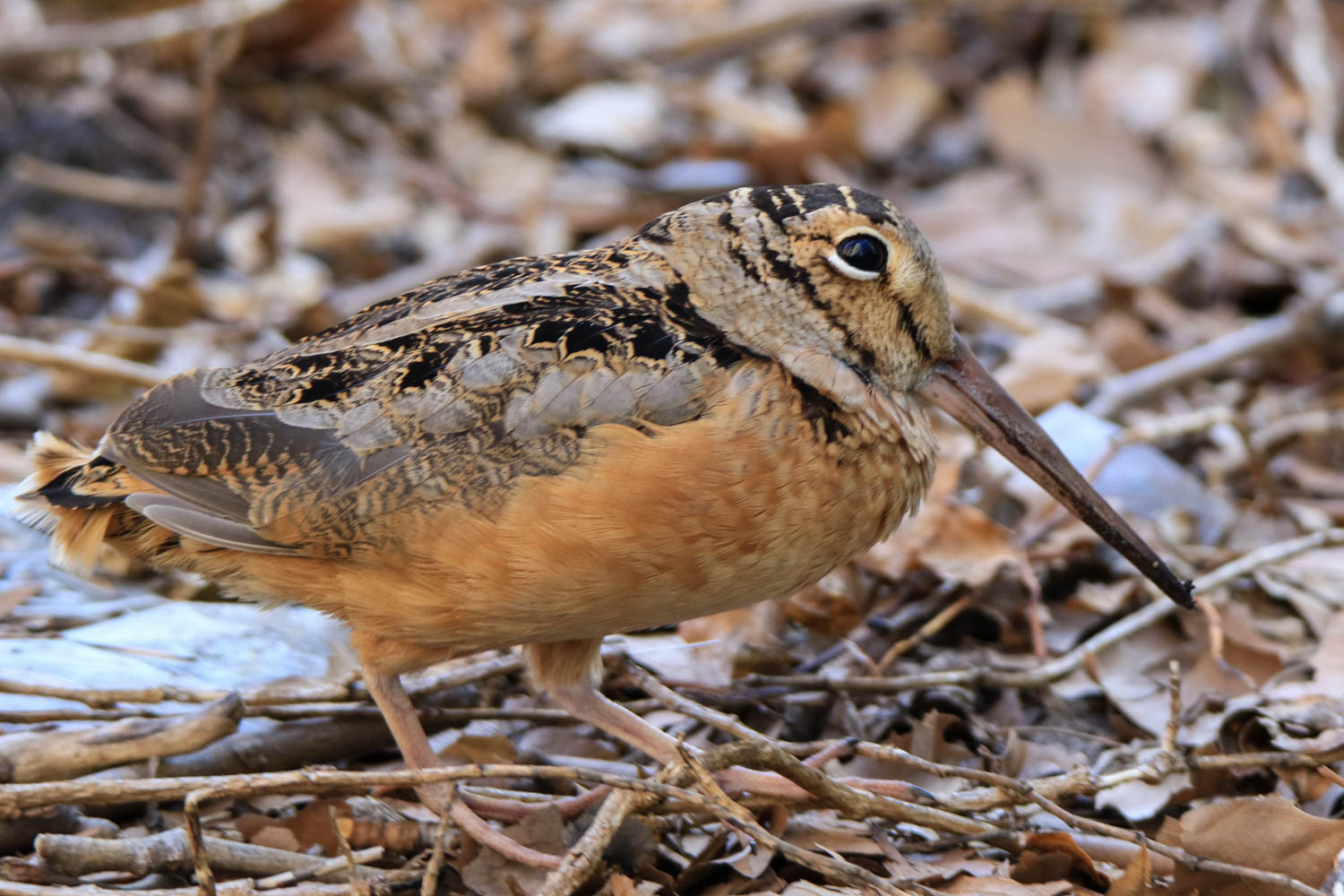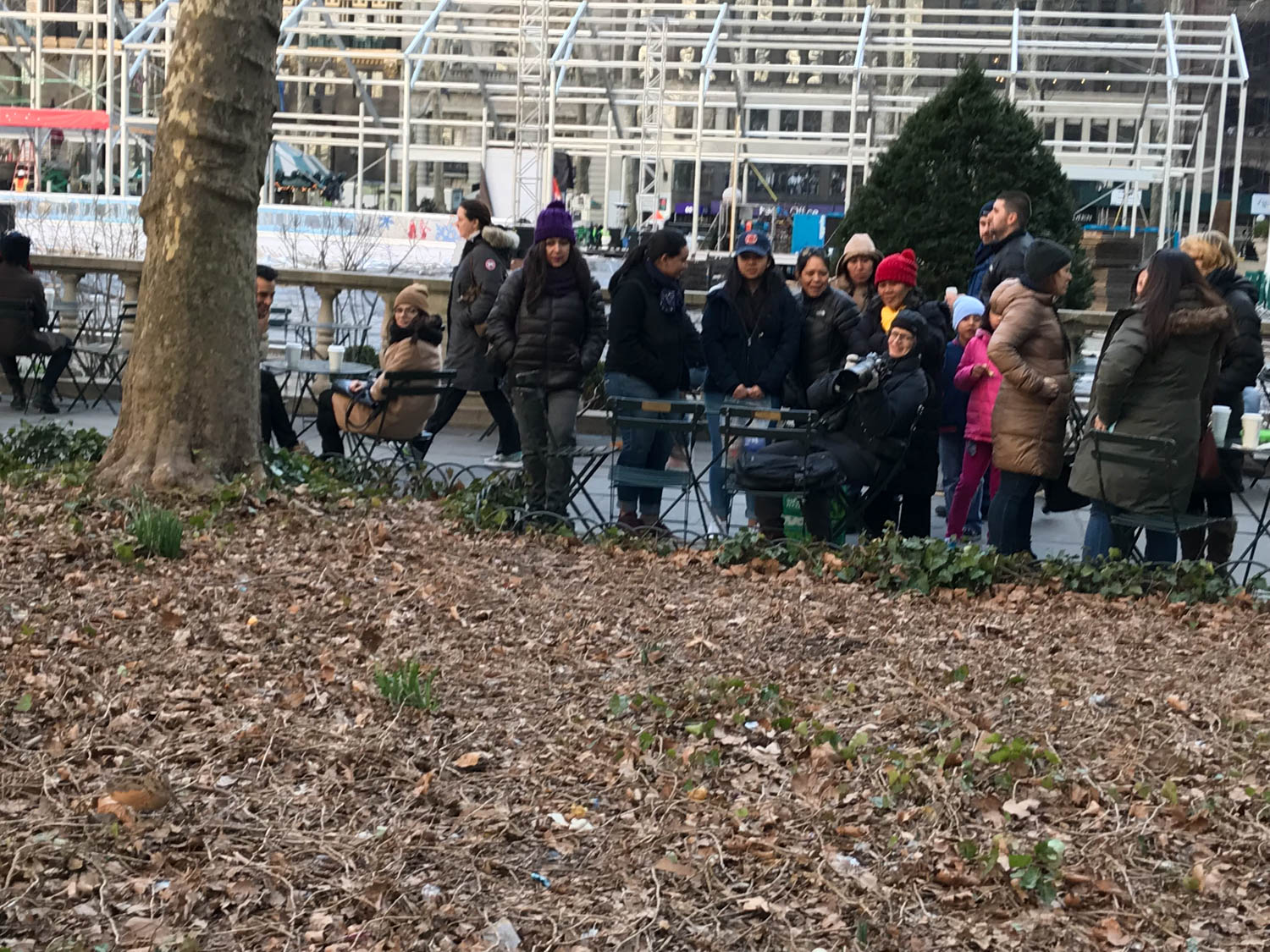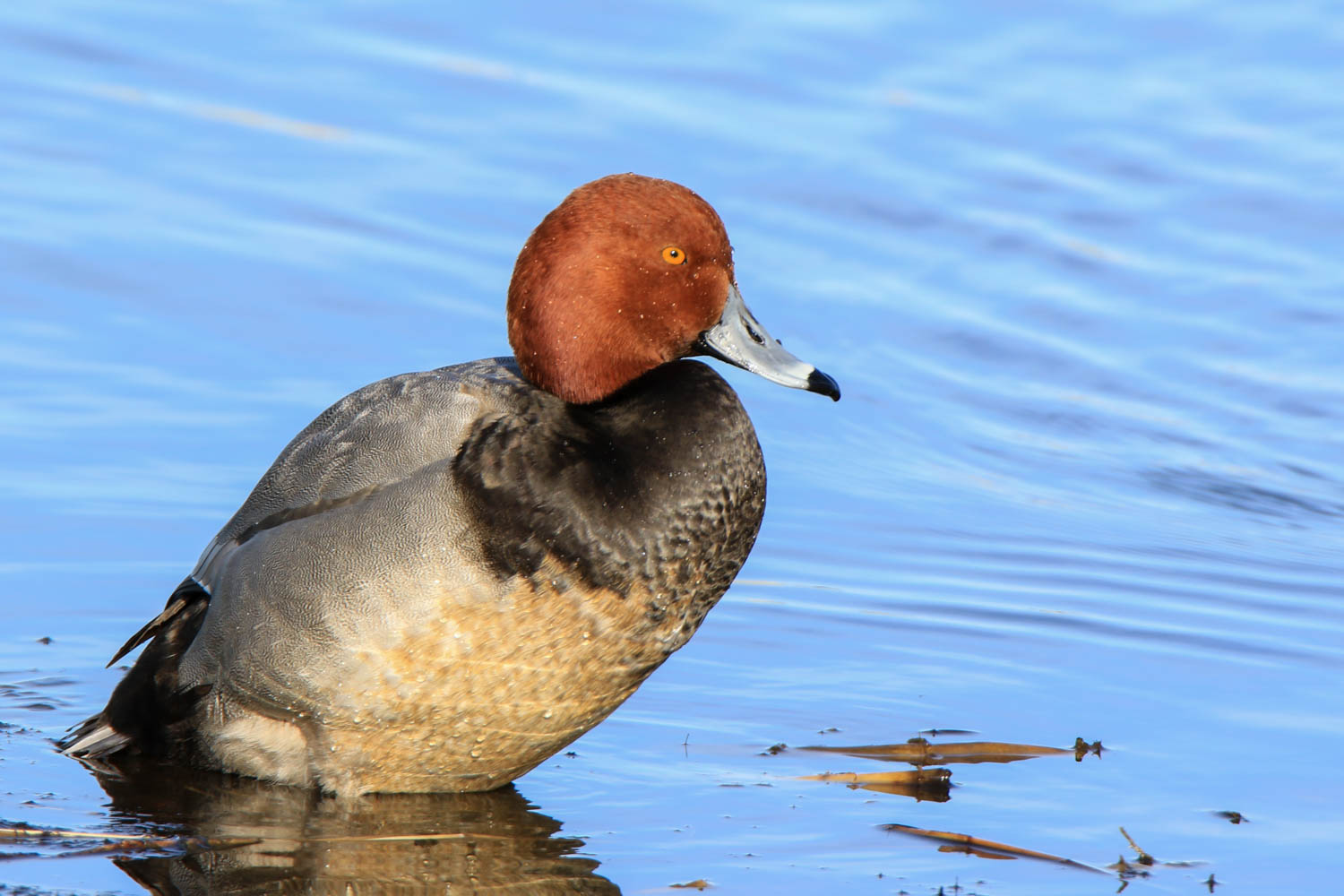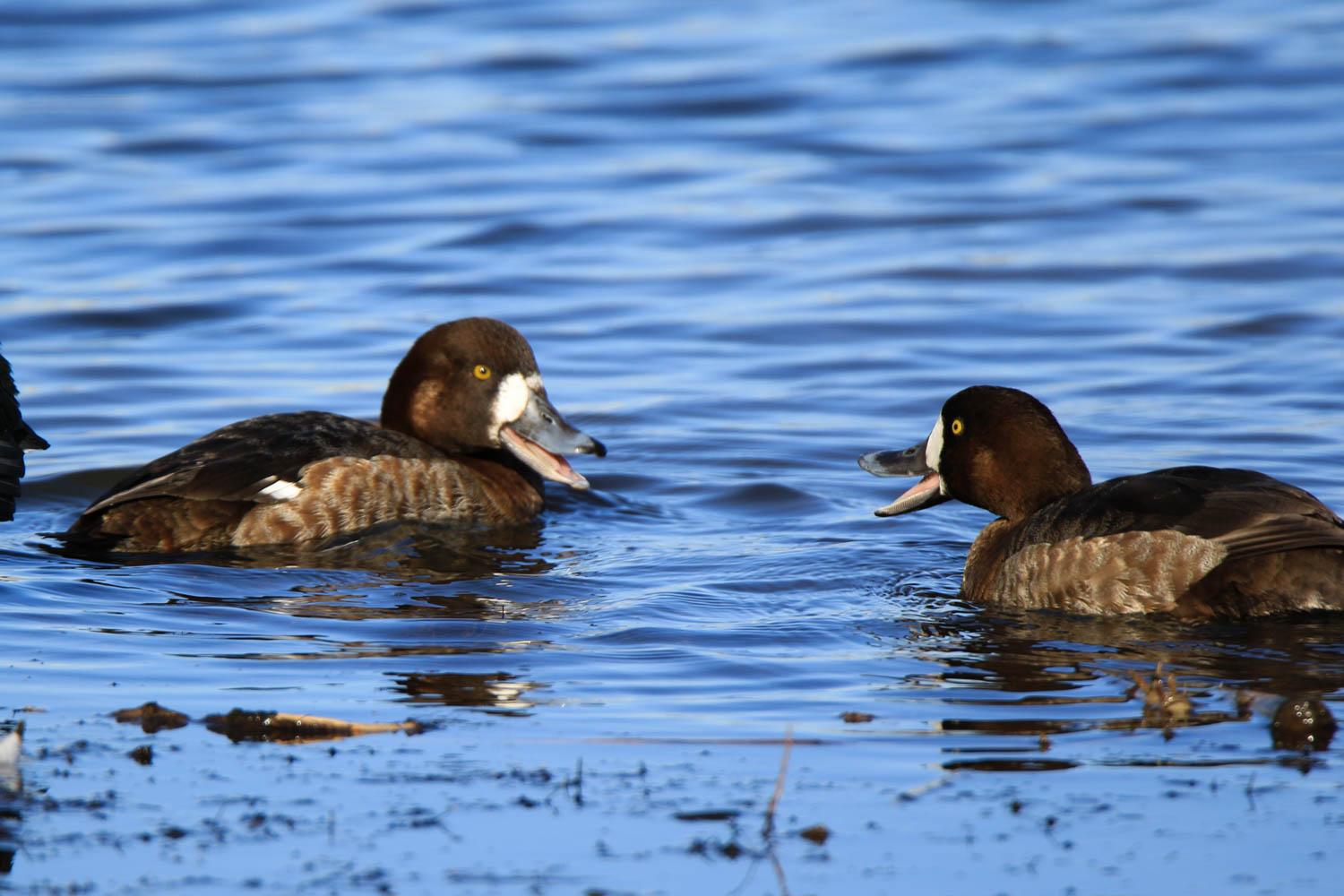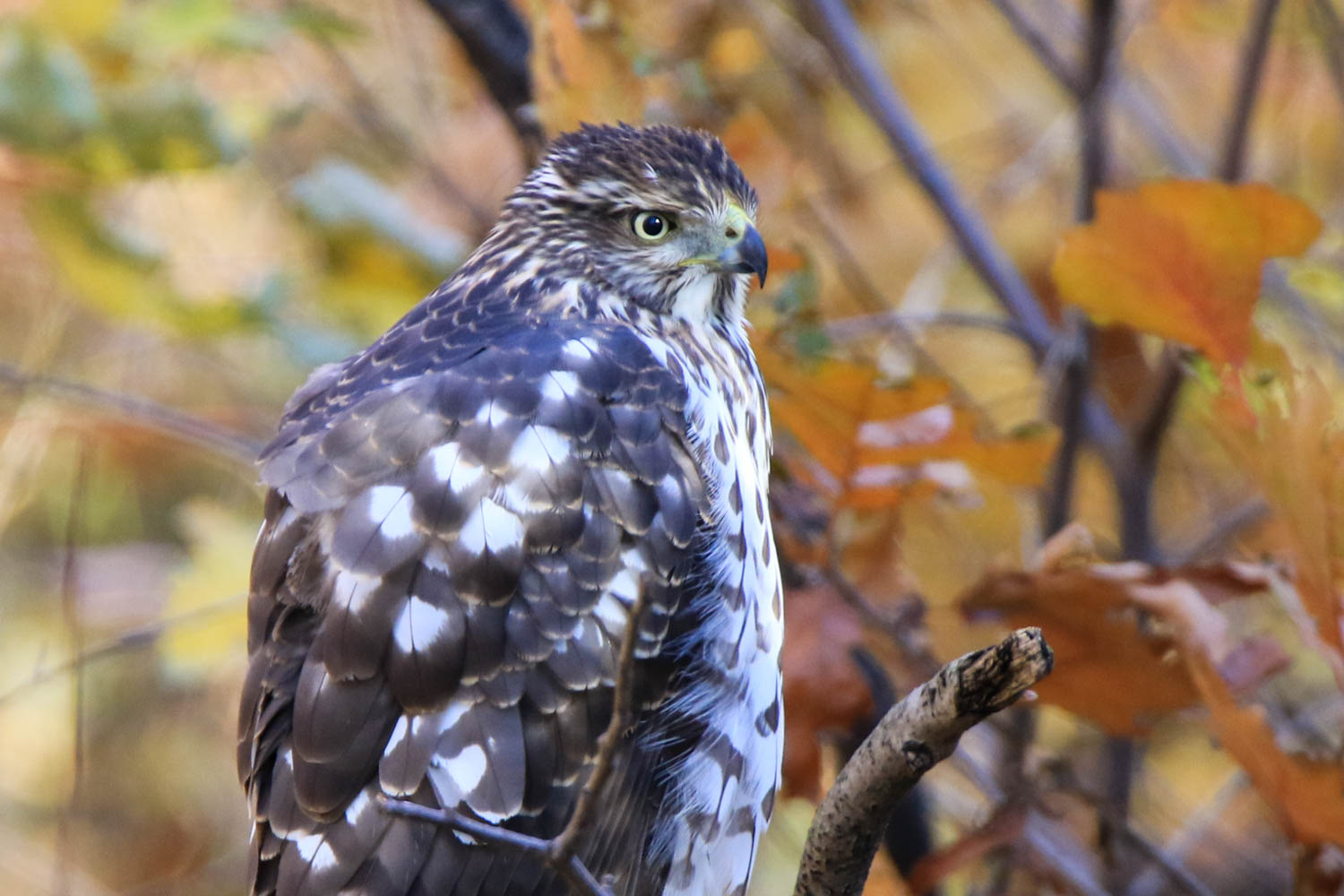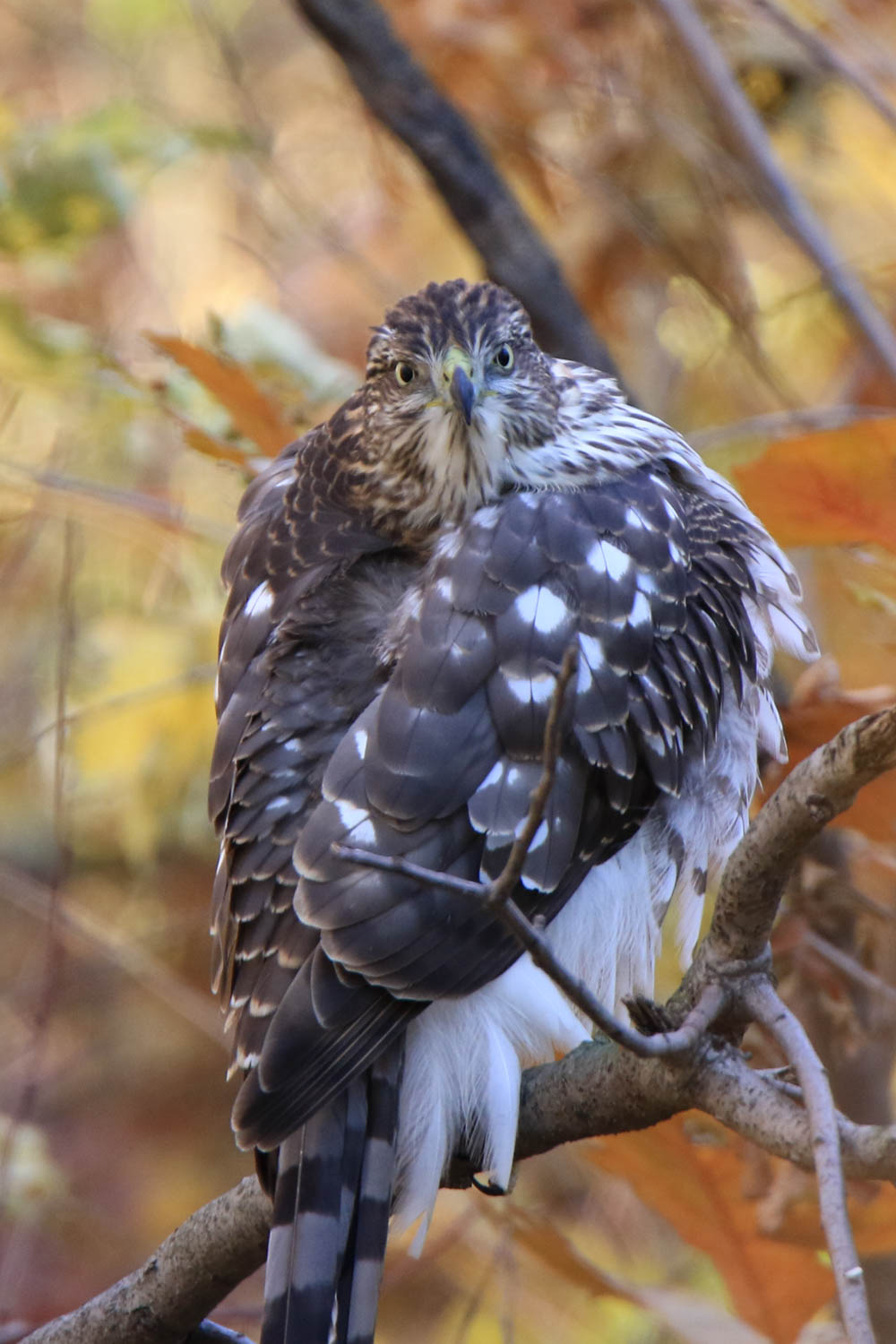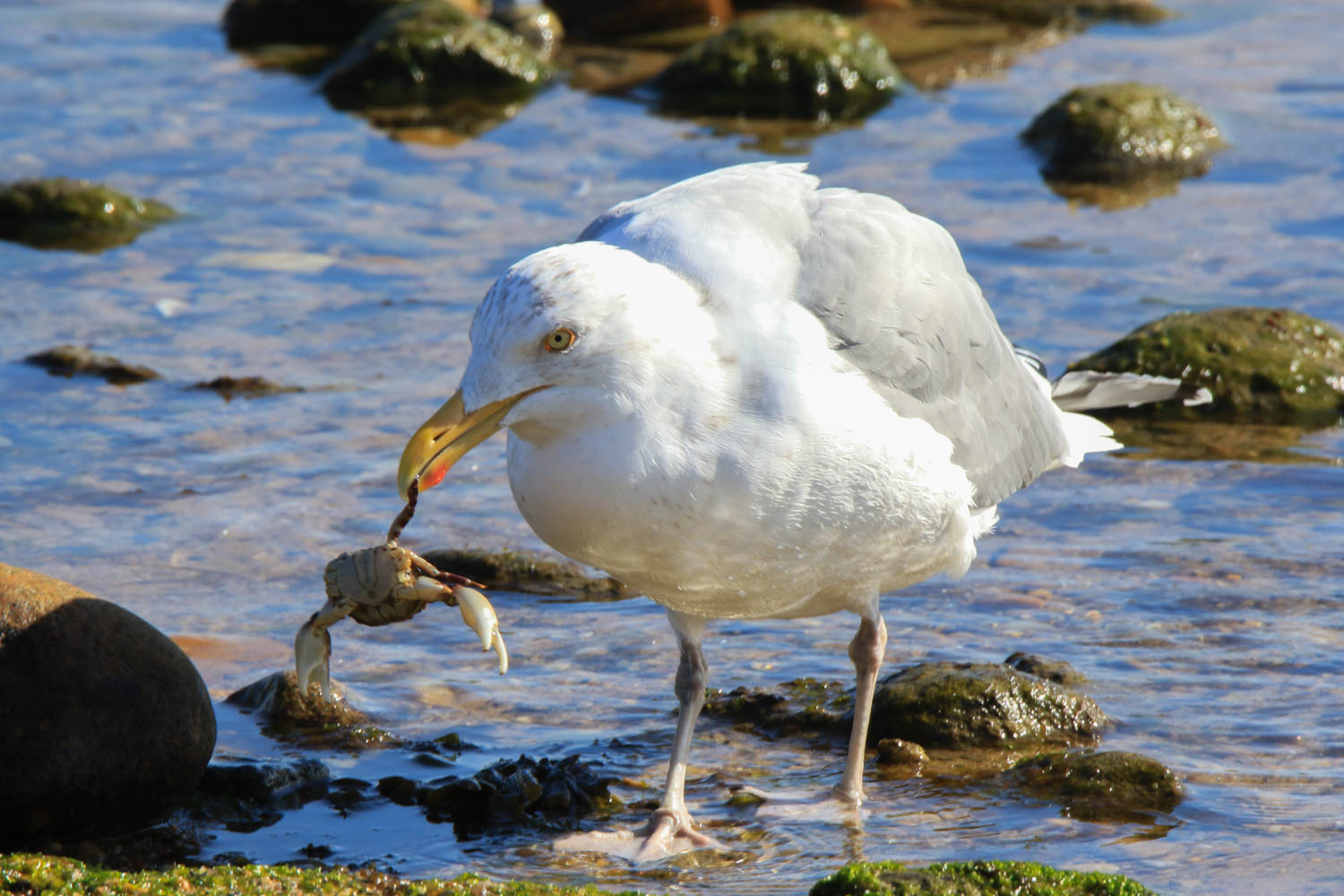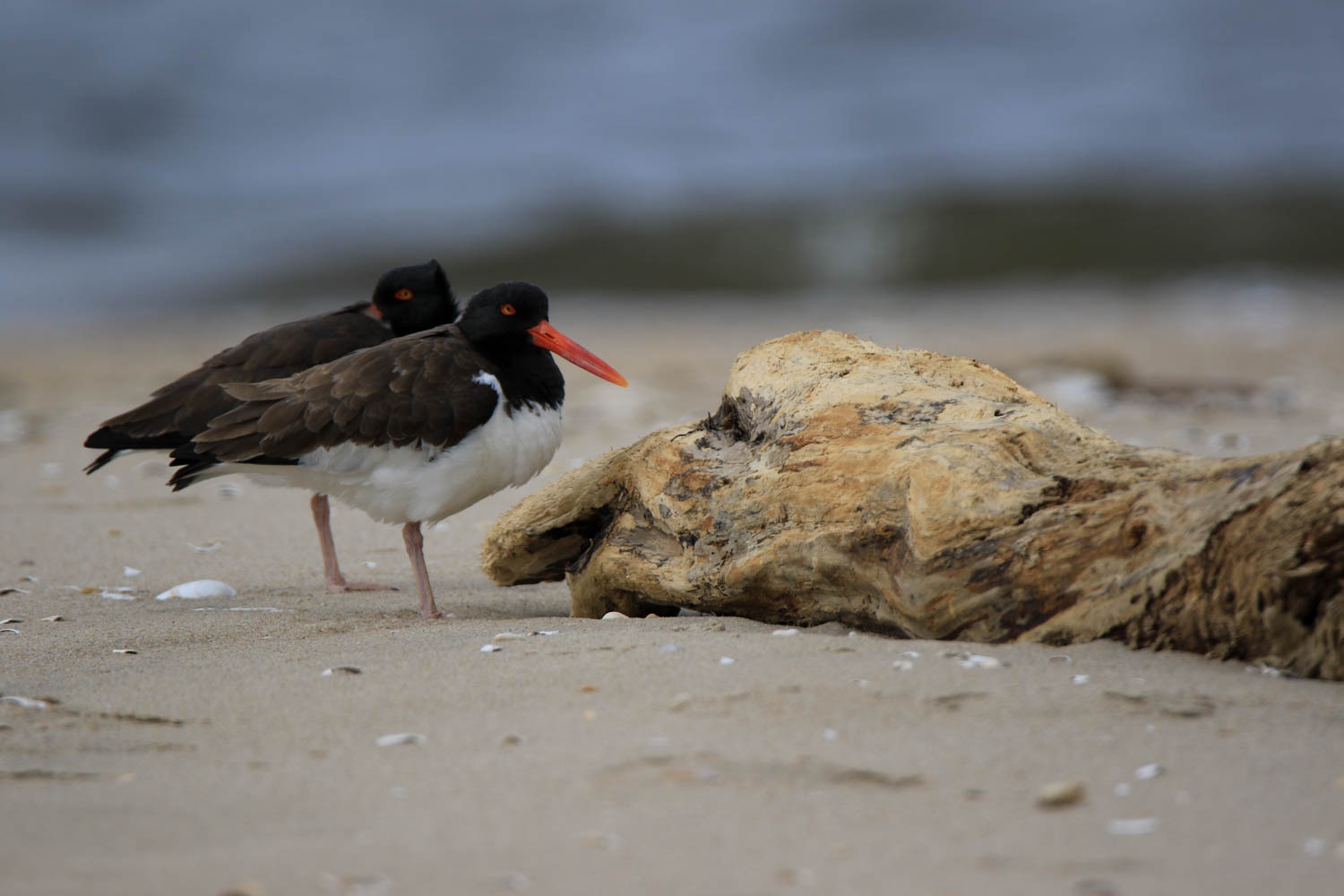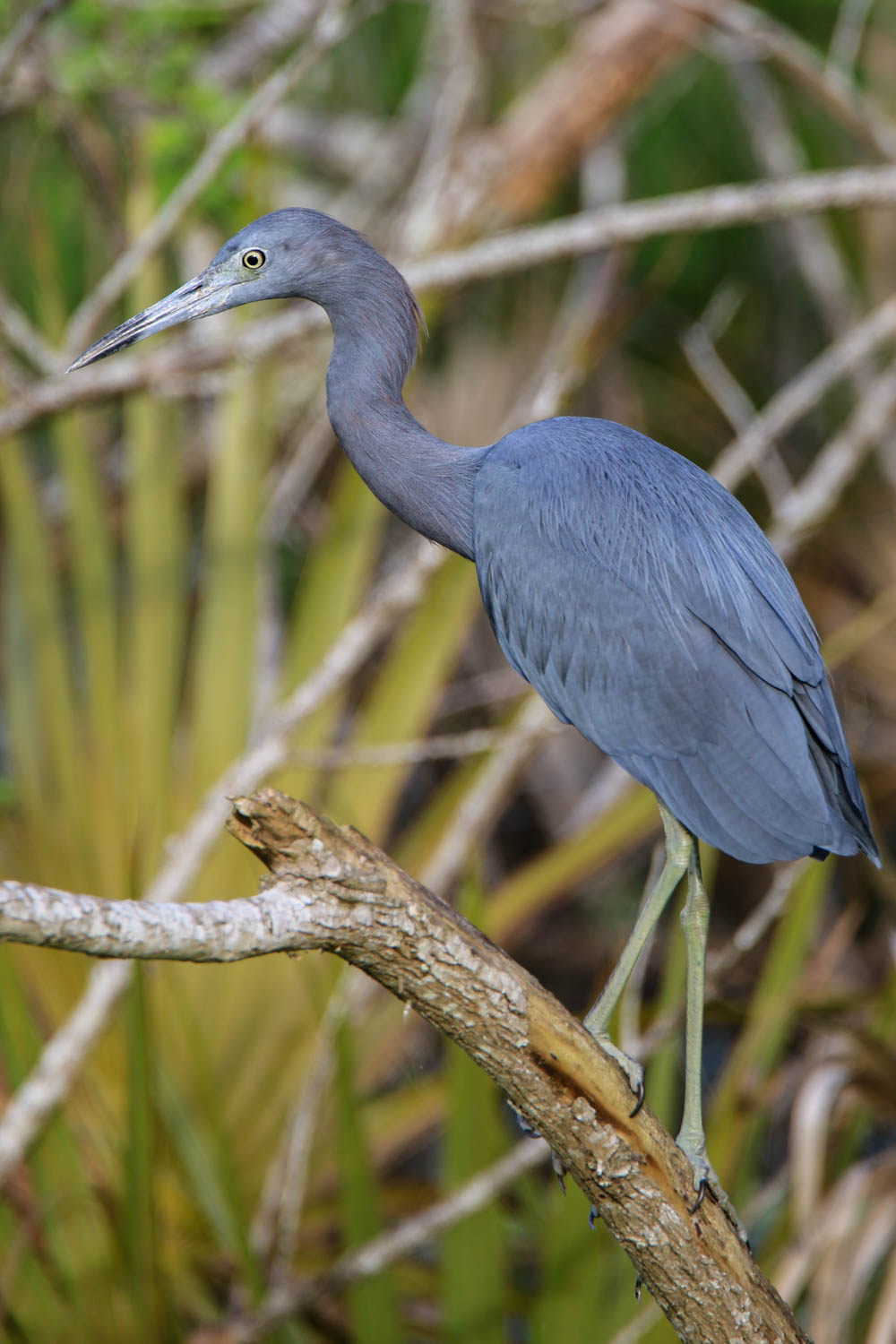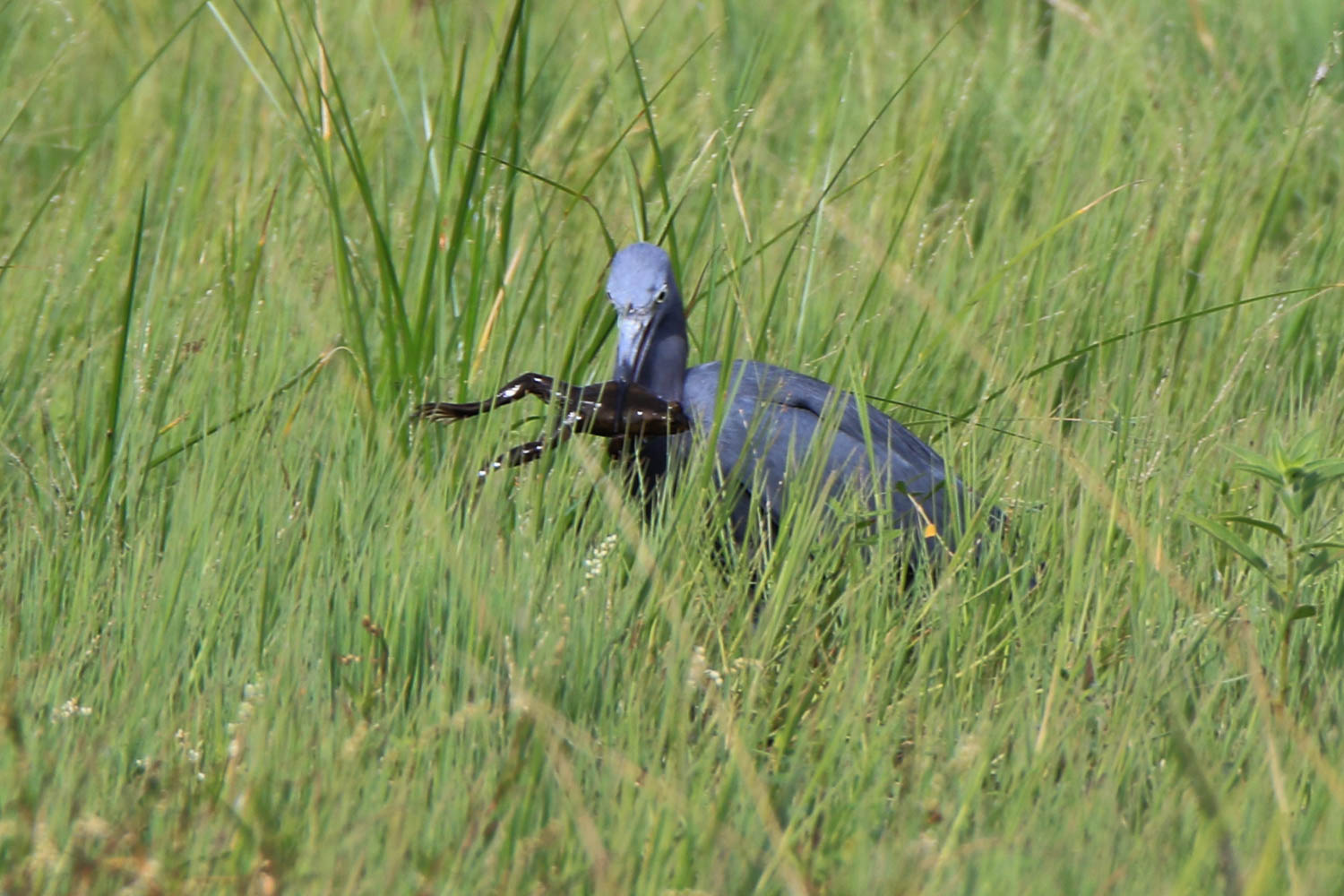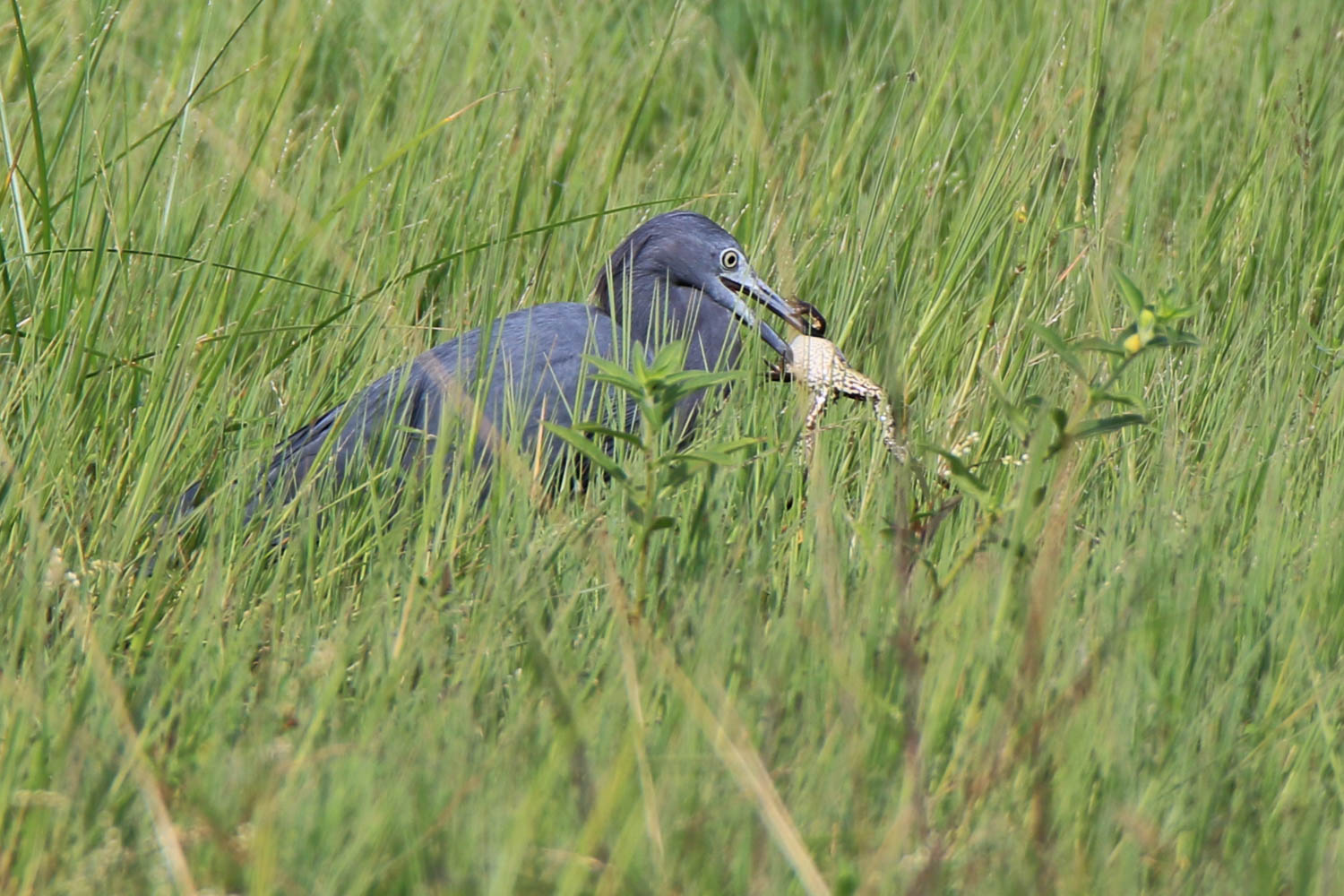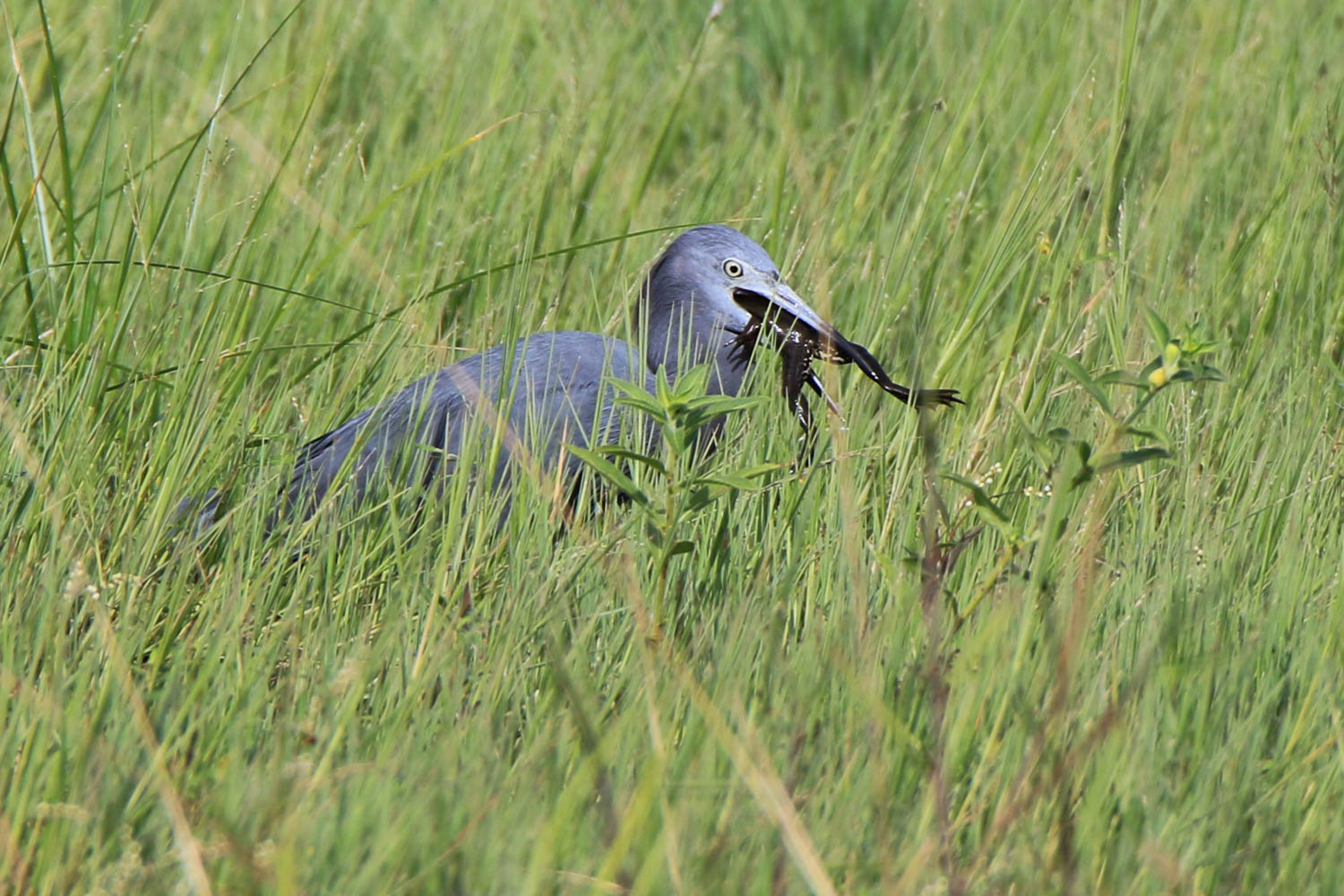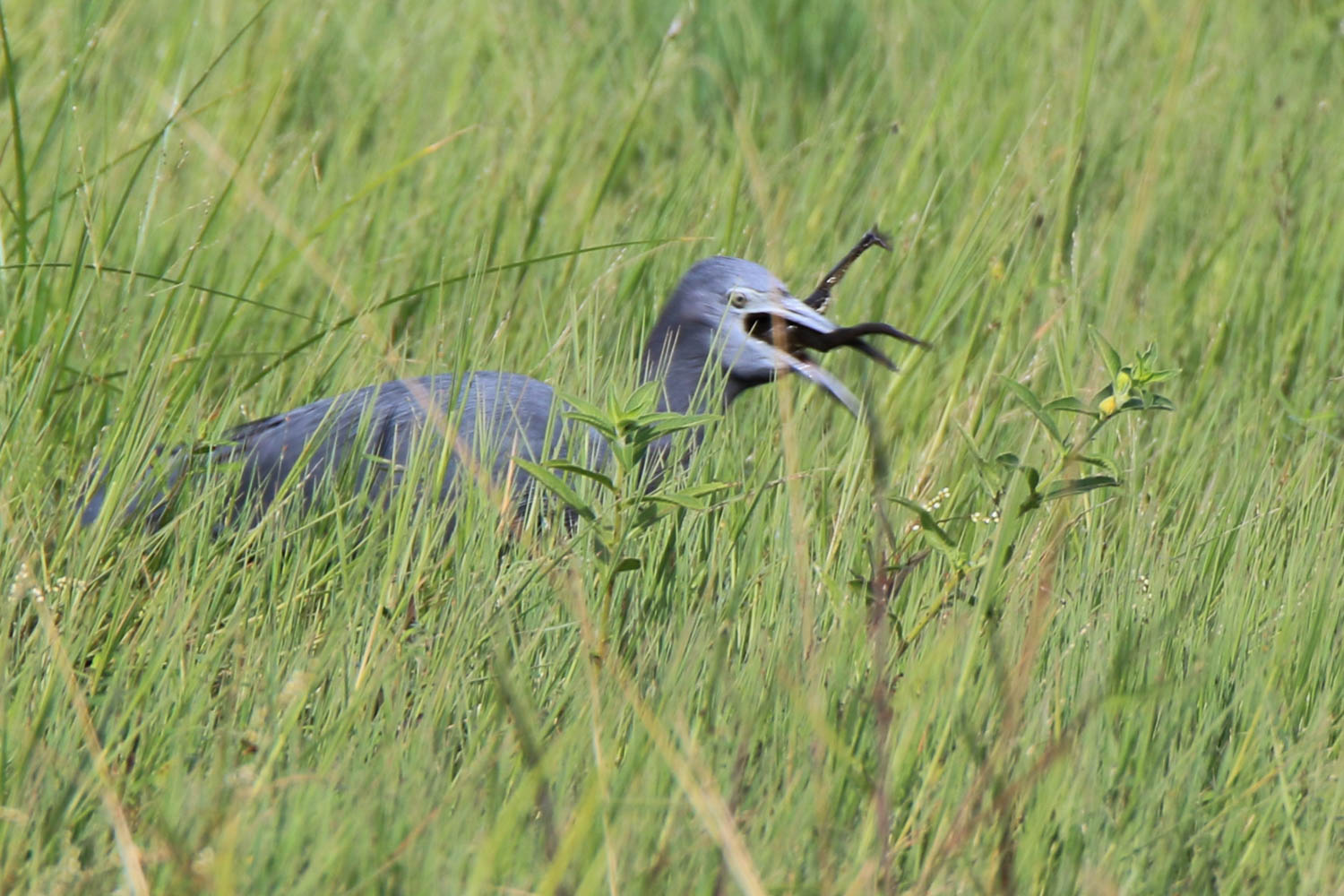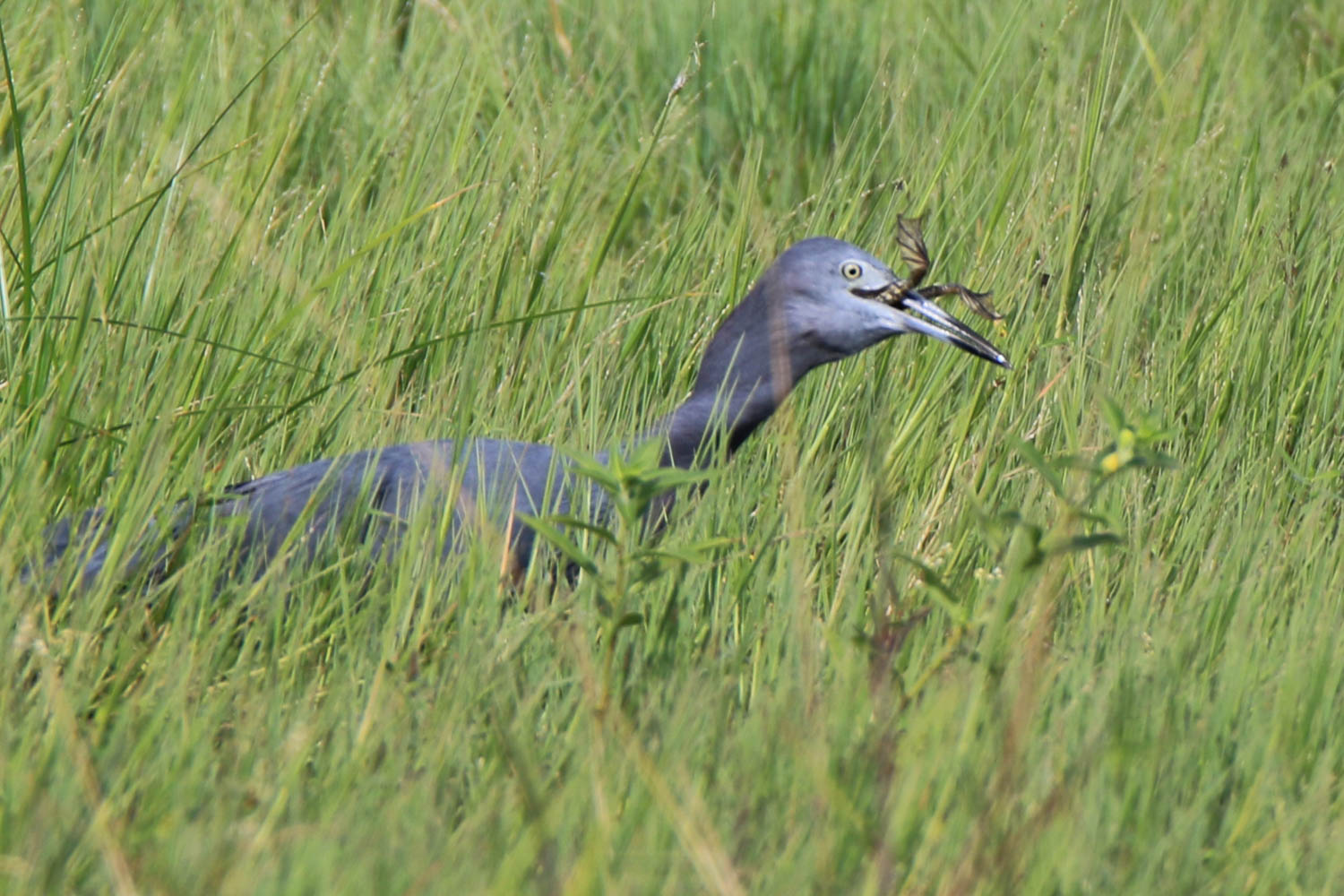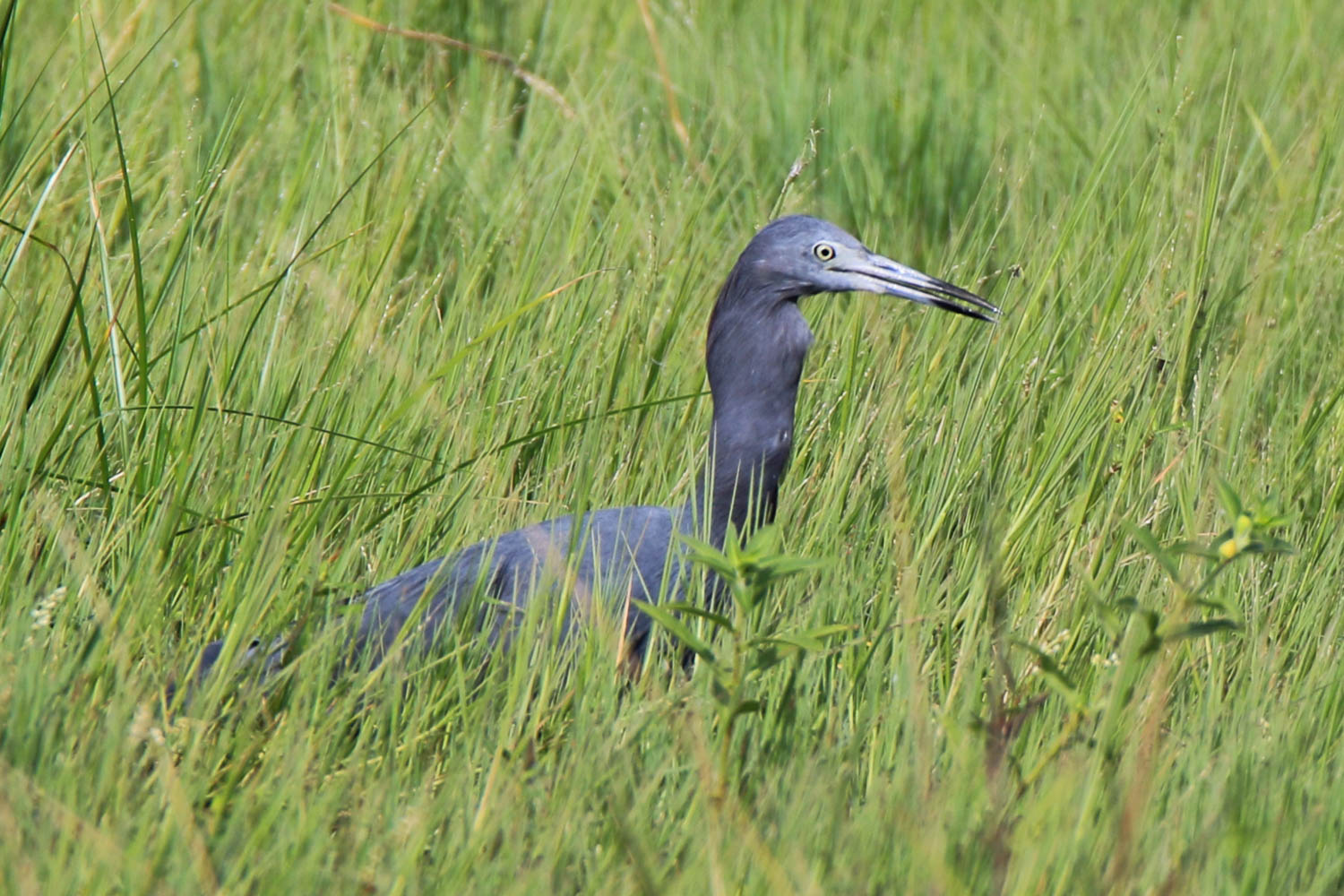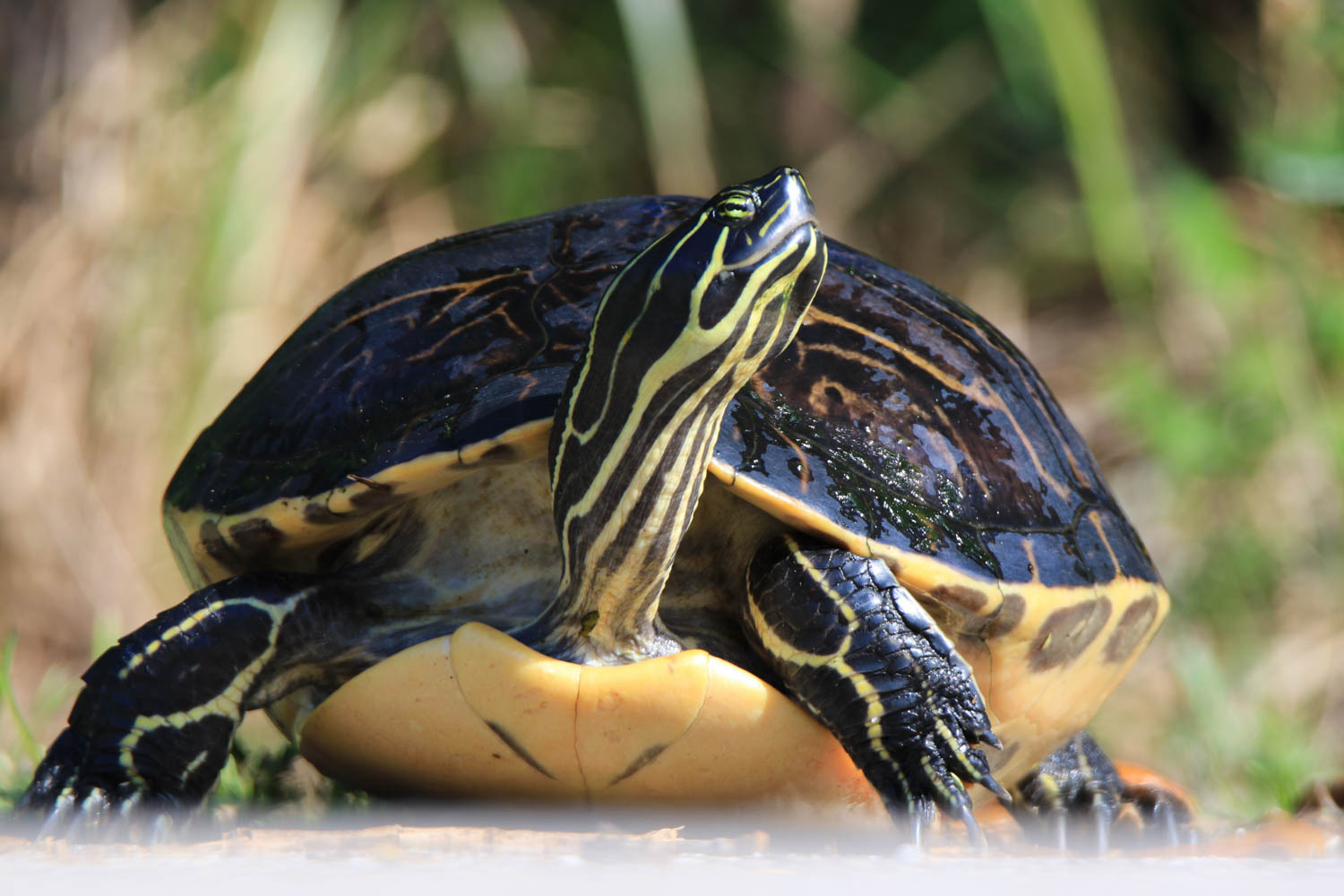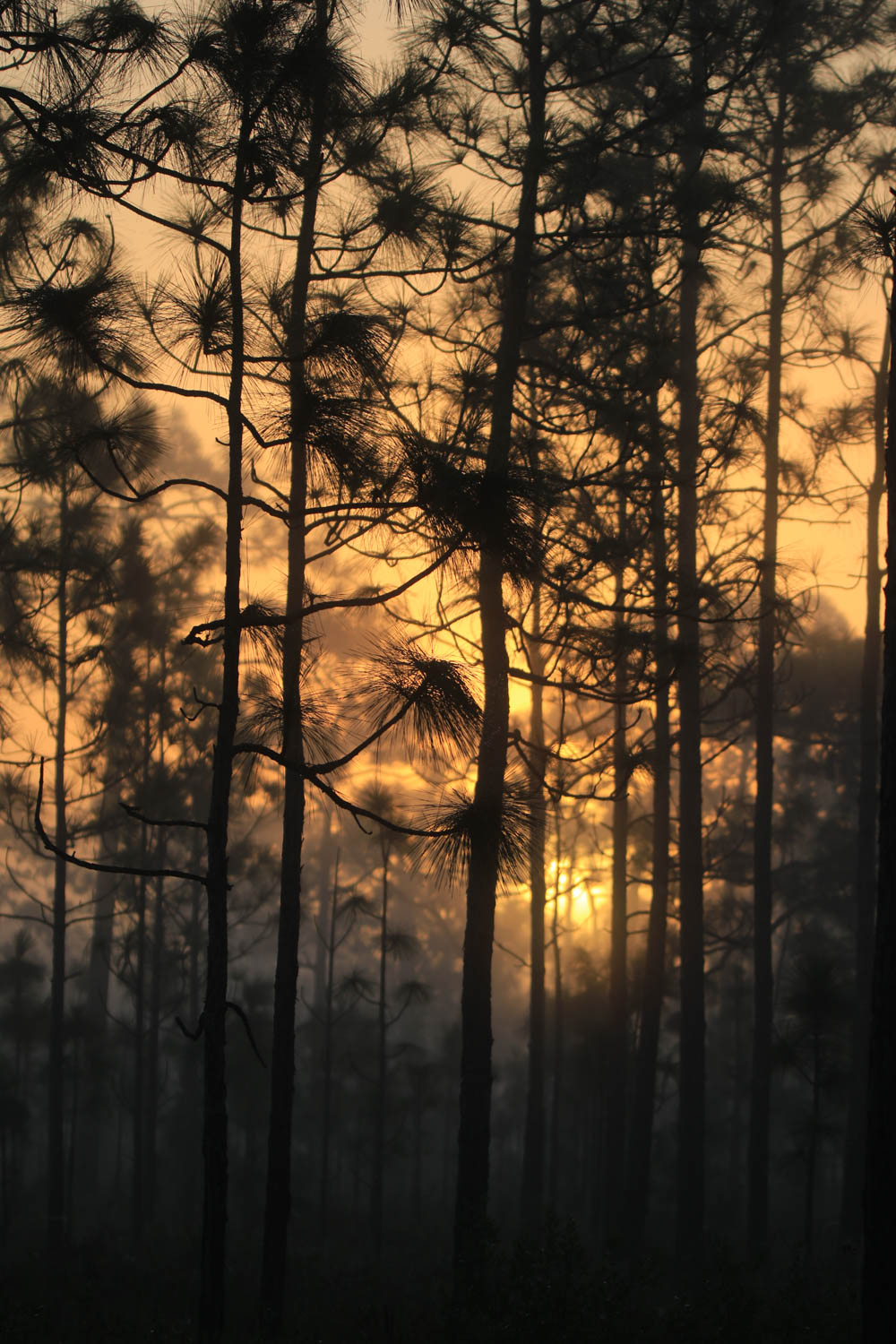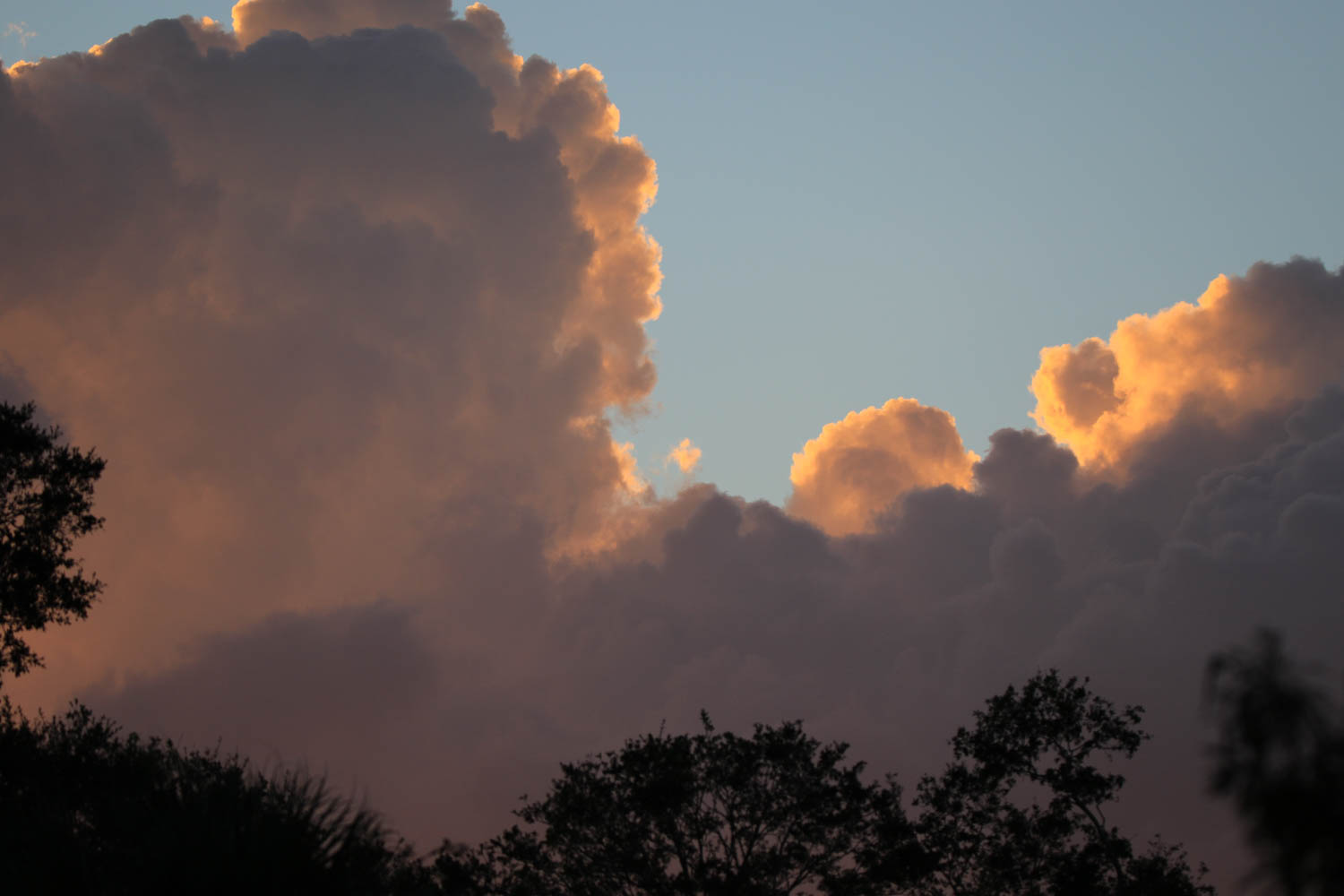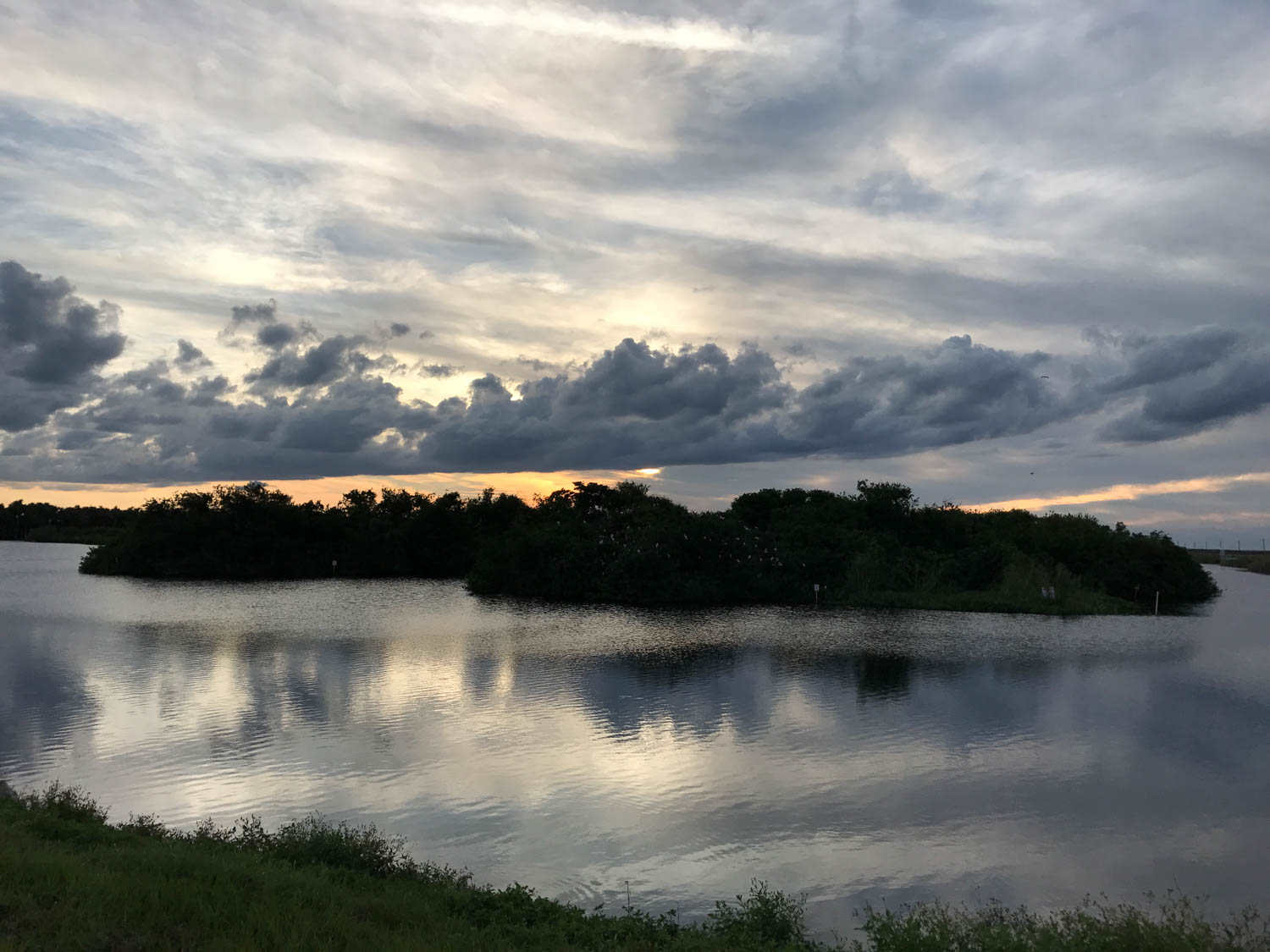This is a rare Northern Hawk Owl. I was pretty much resigned to never seeing it - there are no reliable spots for it. But on the trip to northern Minnesota last year, we came across it on the side of a local road. I could not believe my luck!
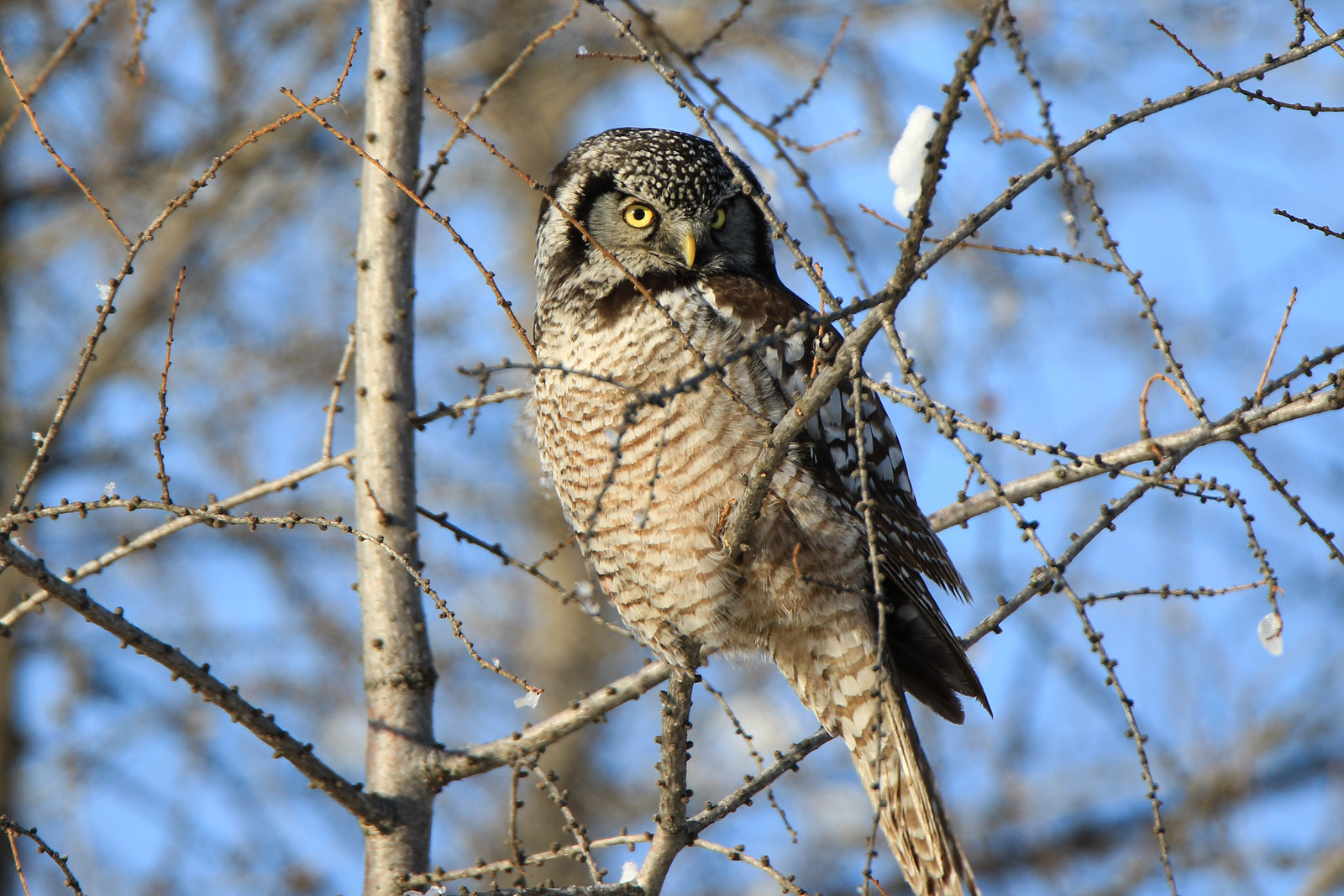
This is the bird that we came to northern Minnesota to see - a Great Gray Owl. They are rare, but an area north of Duluth is one of a few good spots to see it - if you can brave February temperatures. Luckily for us, Duluth was experiencing a "heat wave" when we visited - it was 25 degrees.
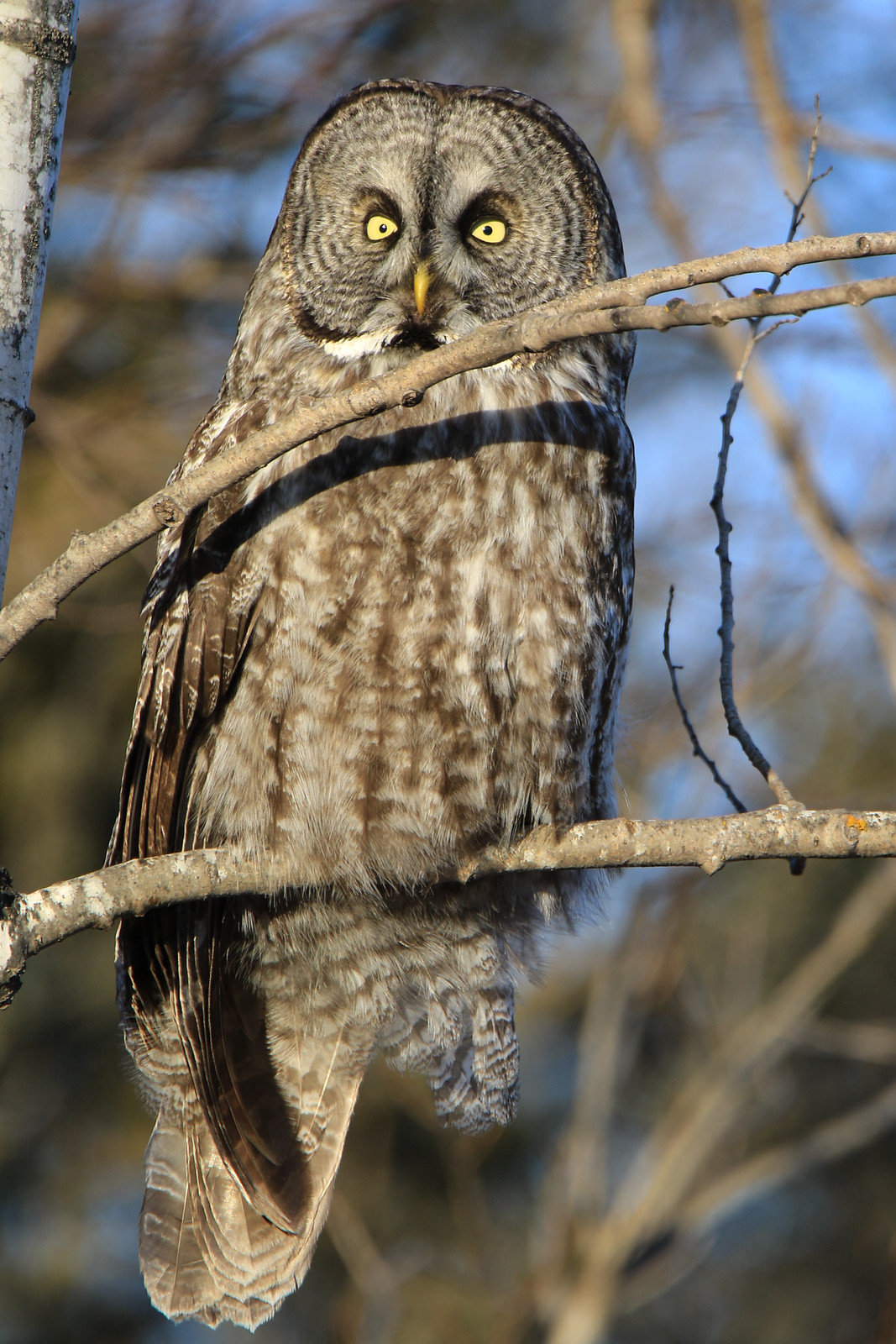
Atlantic Puffins are common in some parts of the northern hemisphere, but not in the US. To get this picture, we had to go to northern Maine and then take a boat to an island bordering Canada. Oh, and it was during a unrelenting downpour!

Kentucky Warblers reach the northern limit of their range in southern New York. One was spotted on a trail in Bear Mountain a few years ago. I went there one morning and thought that I got it, only to come home and realize I got another yellow warbler. So I had to go there again the next day, and - success!
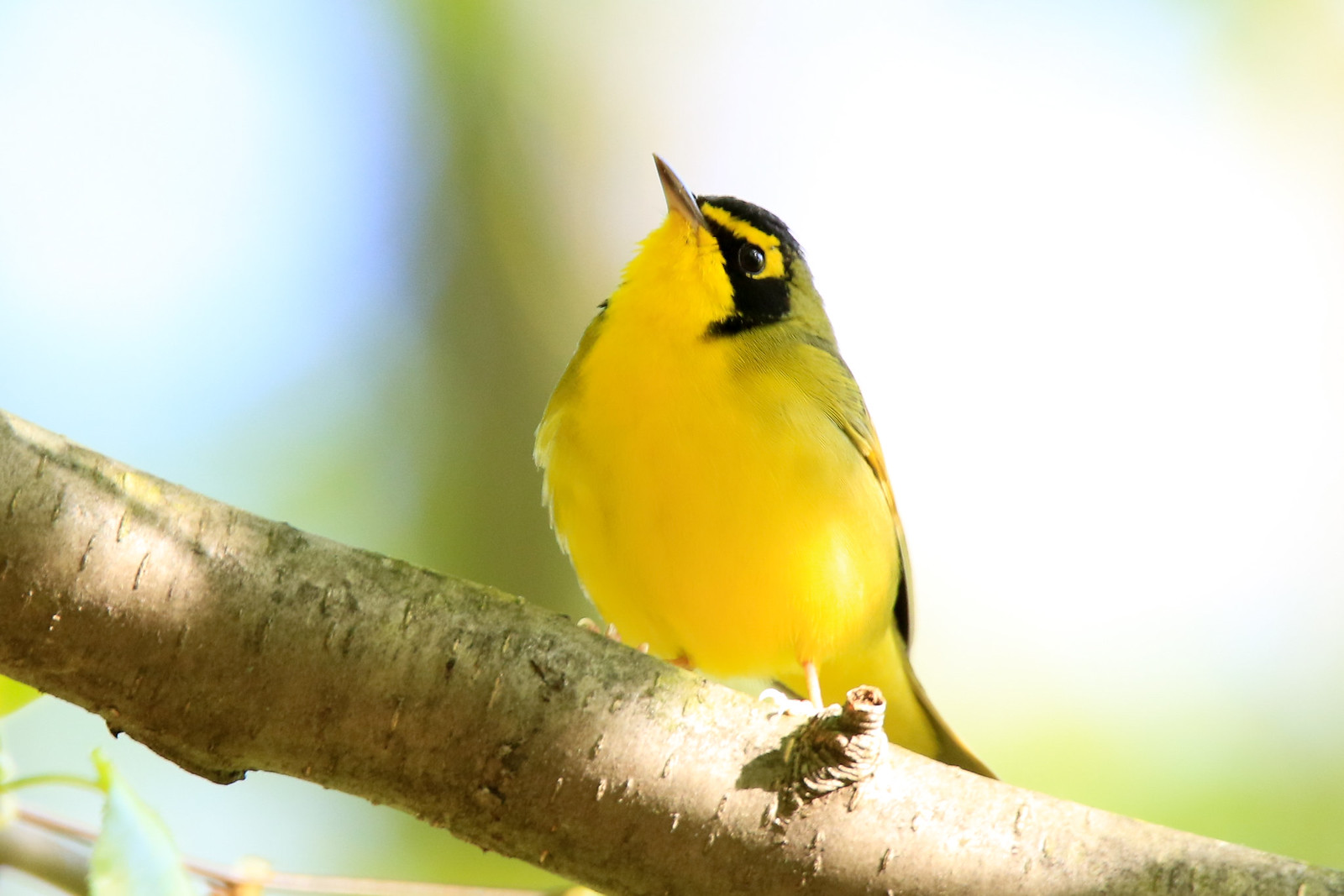
Gyrfalcons are the largest falcons in the world. They are rare, and occur only in very northern latitudes, near the Arctic circle. About the only place in the world very one can see them reliably is in a few specific spots in Denali National Park. We went two years ago and - voila! I took this picture of the Gyrfalcon pair through the window of the Denali tour bus.
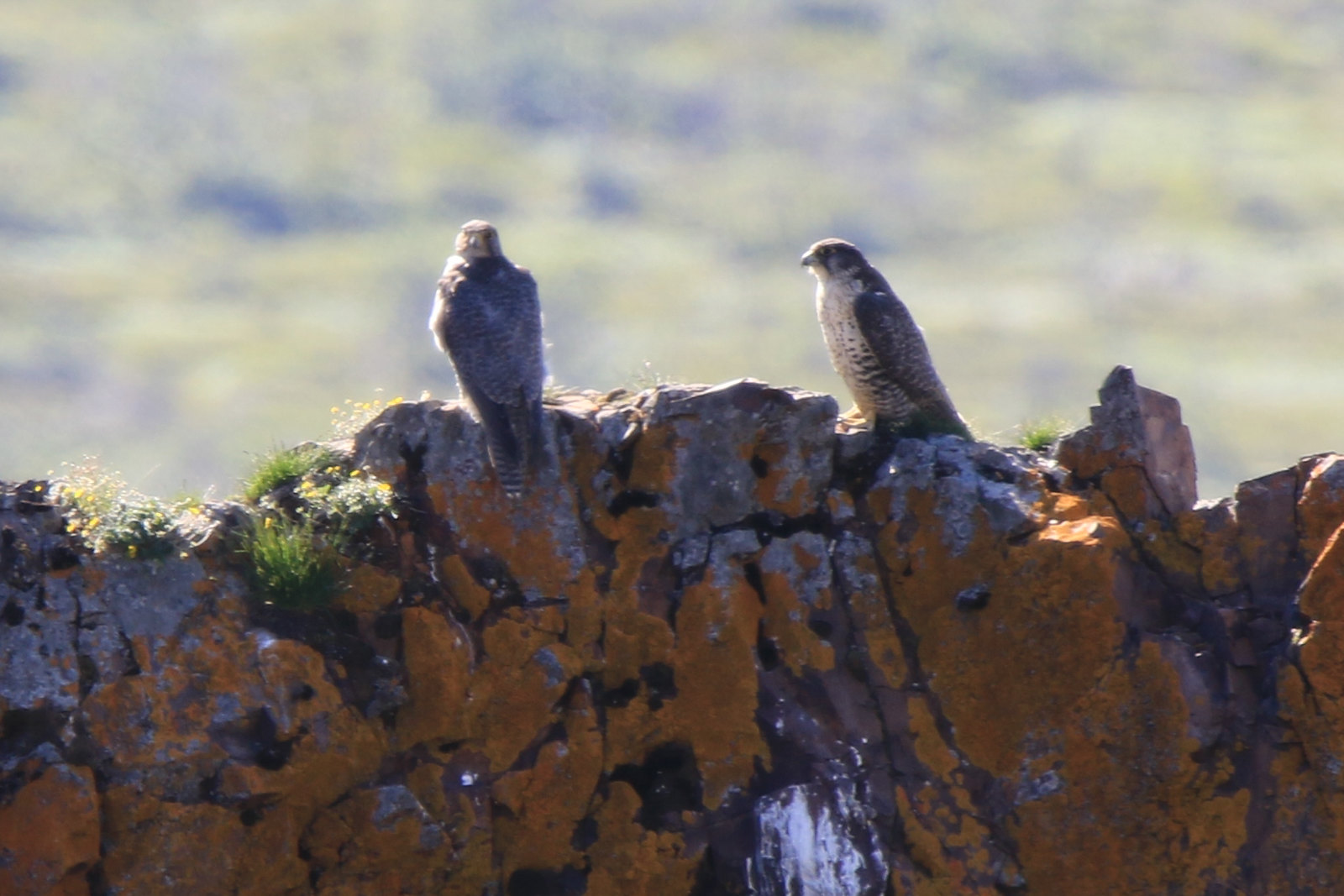
Black-backed Woodpecker doesn't peck wood. It flakes the bark of trees that were recently scarred by fire or some decease, and picks up the grubs hiding there. Because this type of habitat is not common and changes year to year, they are hard to find. I came across this one in northern California.
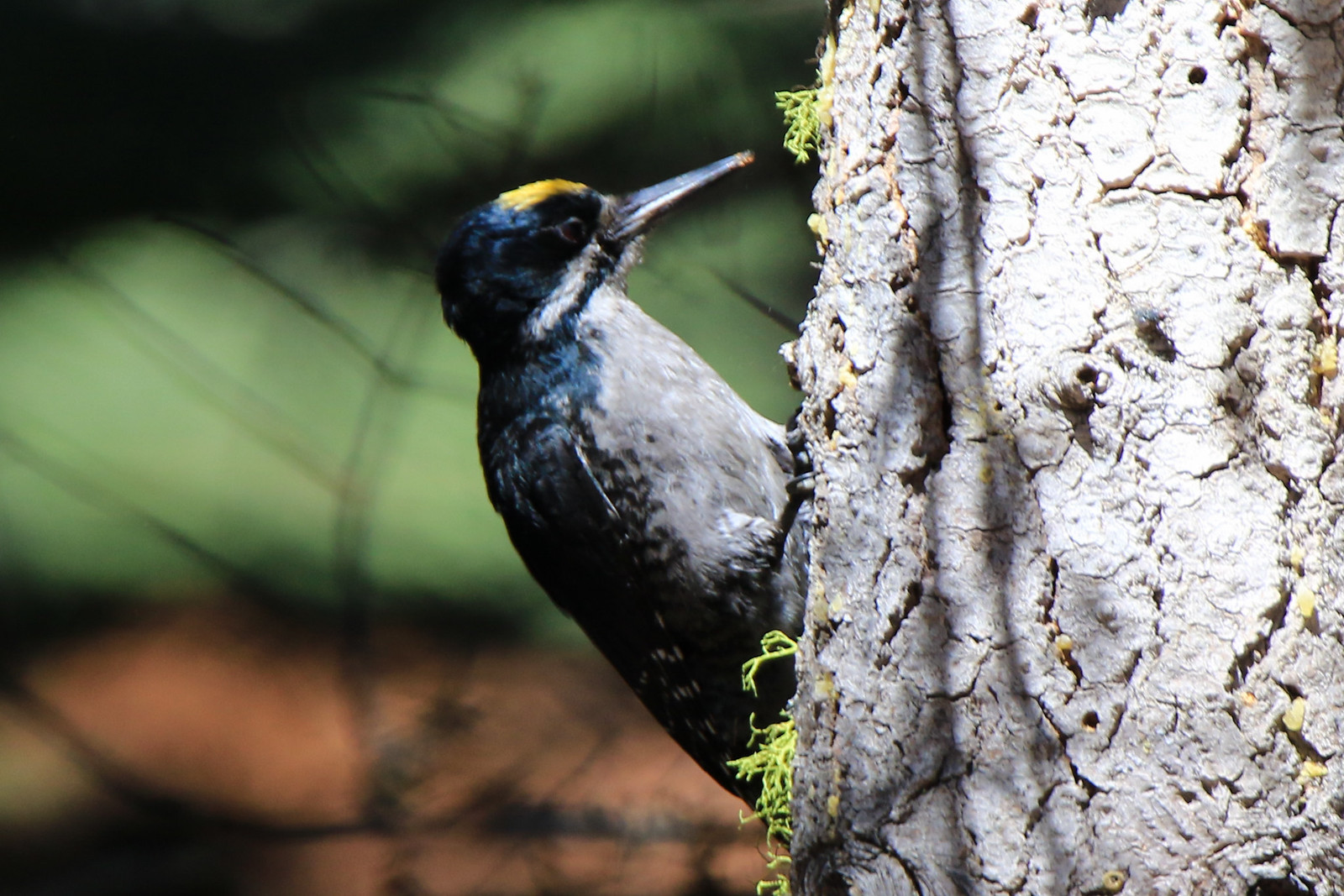
When I first started birding, I learned of a bird called the Five-striped Sparrow. The book guide said that to see it in the US, one has to drive for a couple of hours down a gravel road in southern Arizona that comes right down to the Mexican border. I thought anyone doing that for some sparrow must be insane. But there I was last year, going down that gravel road, just to see this sparrow...
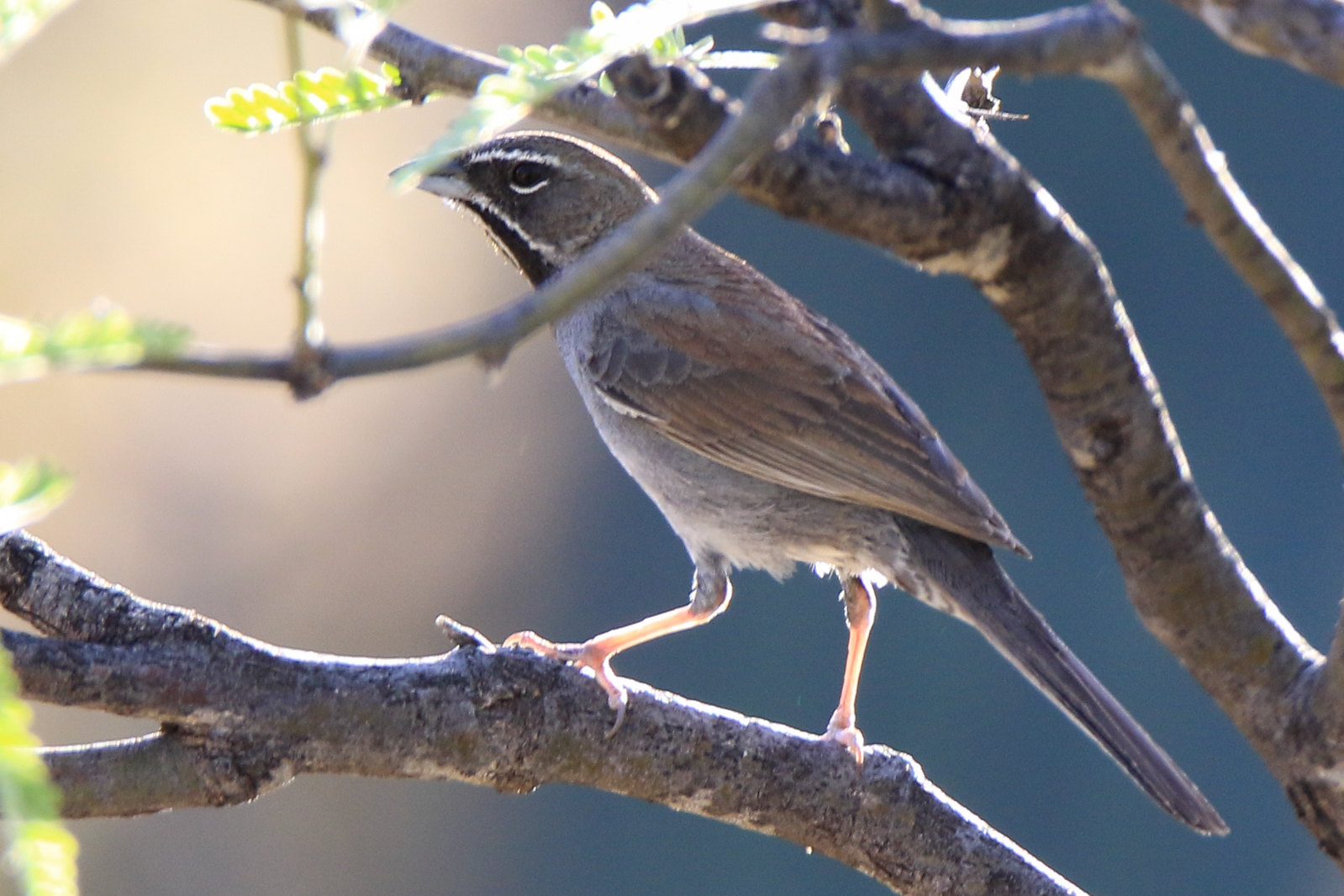
Lapland Longspurs are not common in the New York area, occurring sporadically in the winter. I like this bird because it's one of a few that I found by myself - it had not been previously reported by anyone. I just came across it walking down my usual trail the day after Thanksgiving. Most sparrows look the same, and I didn't trust myself that I came across something rare. But when I checked the pictures at home, it was indeed the longspur!
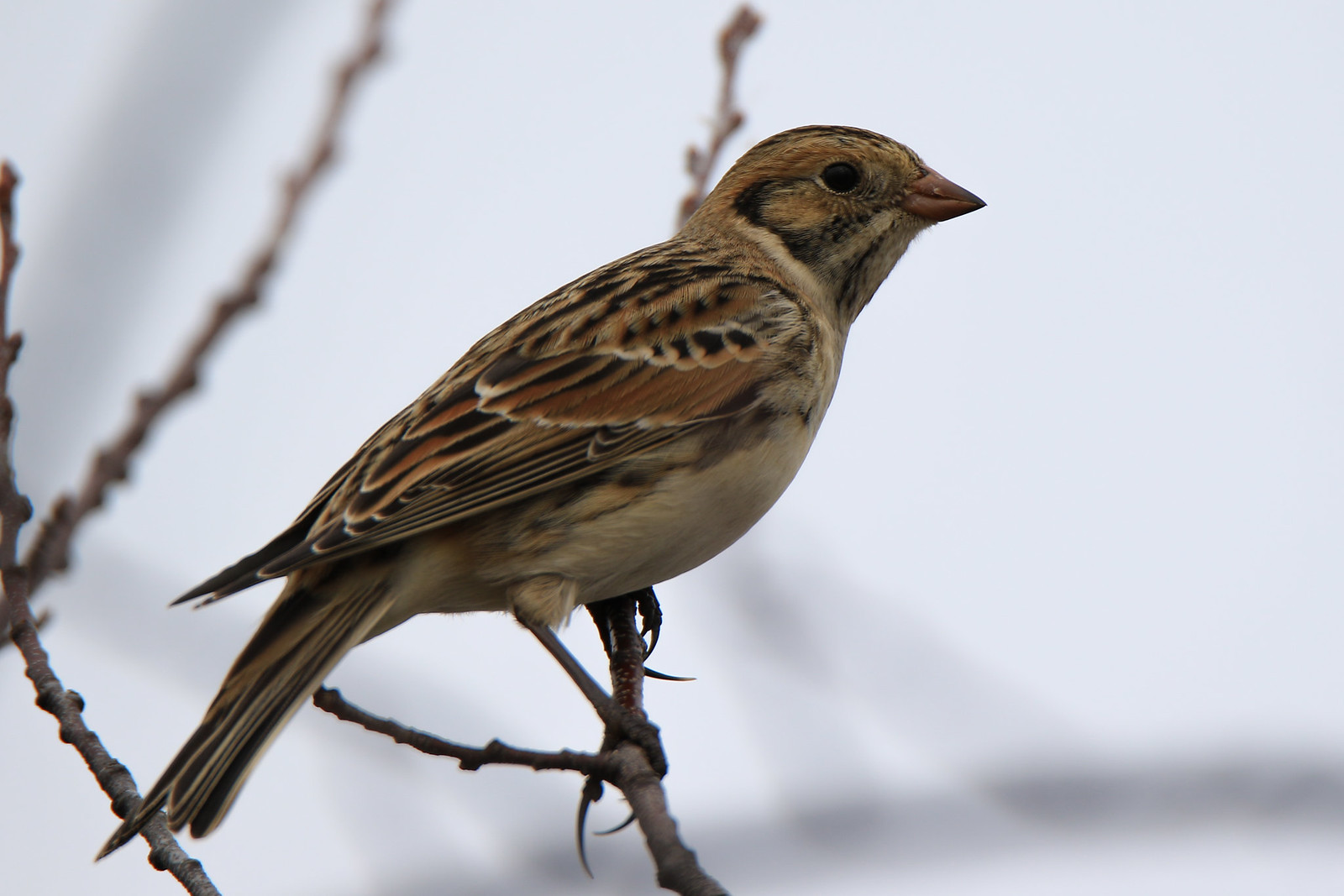
This is my nemesis bird - what birders call a common species that one fails to see for sheer lack of luck. It's a Purple Finch - seen in the same Minnesota trip as the two owls above.

In addition to North American birds that are simply rare, there are also European (and less frequently, Asian) vagrants. This bird is a Ruff - common in Europe, but rare in the USA. Some birders suspect that there is a small breeding population in the Canadian Arctic. But most think that the few birds seen every year are simply those that took a wrong turn during their seasonal migration. This Ruff (in full breeding attire) was seen in Cape May in April.
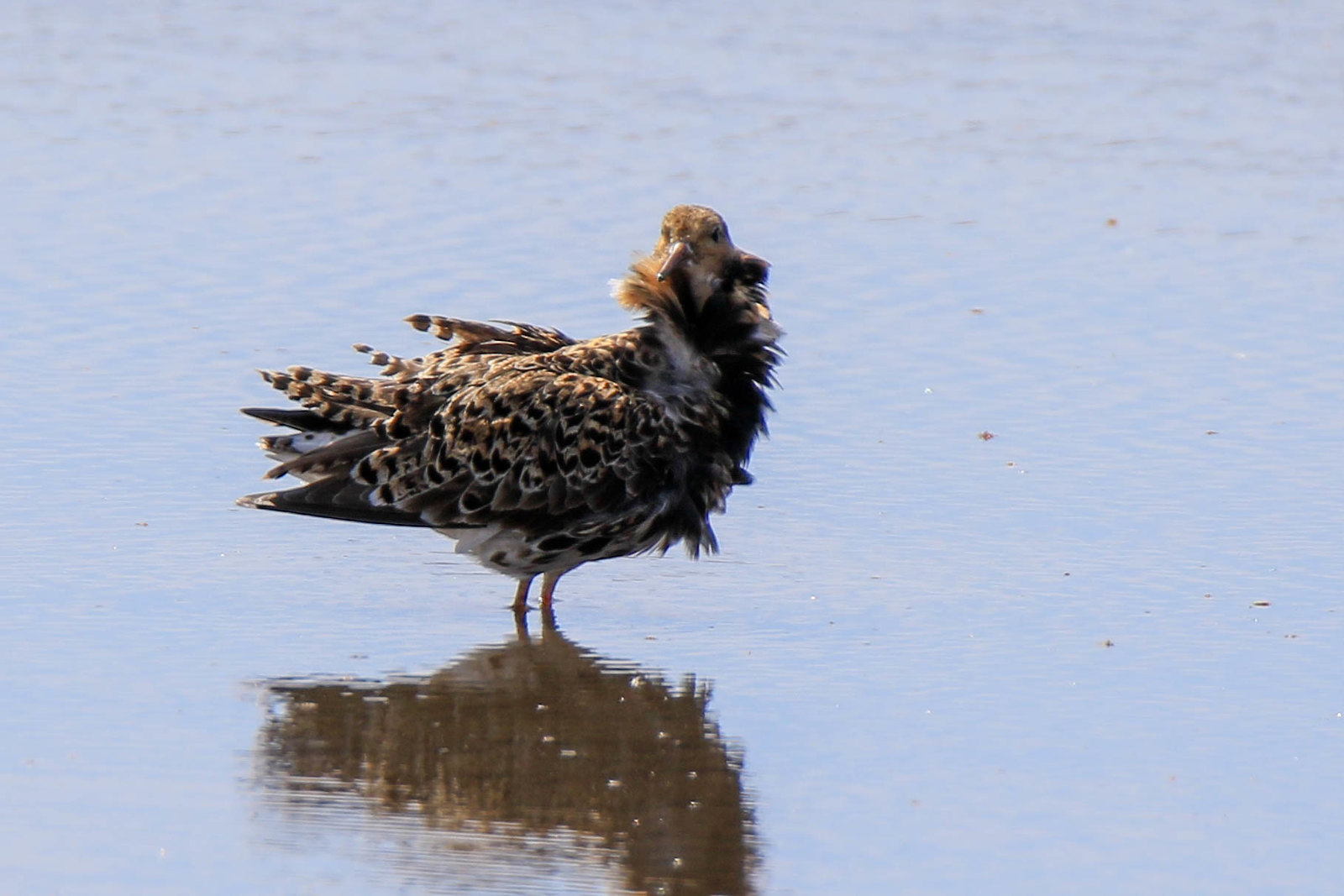
This bird is in the category of "should have been hard to get". Golden-winged warblers are uncommon and declining in number. But I saw this guy a second after I parked my car near a northern New Jersey trail where they are known to occur.
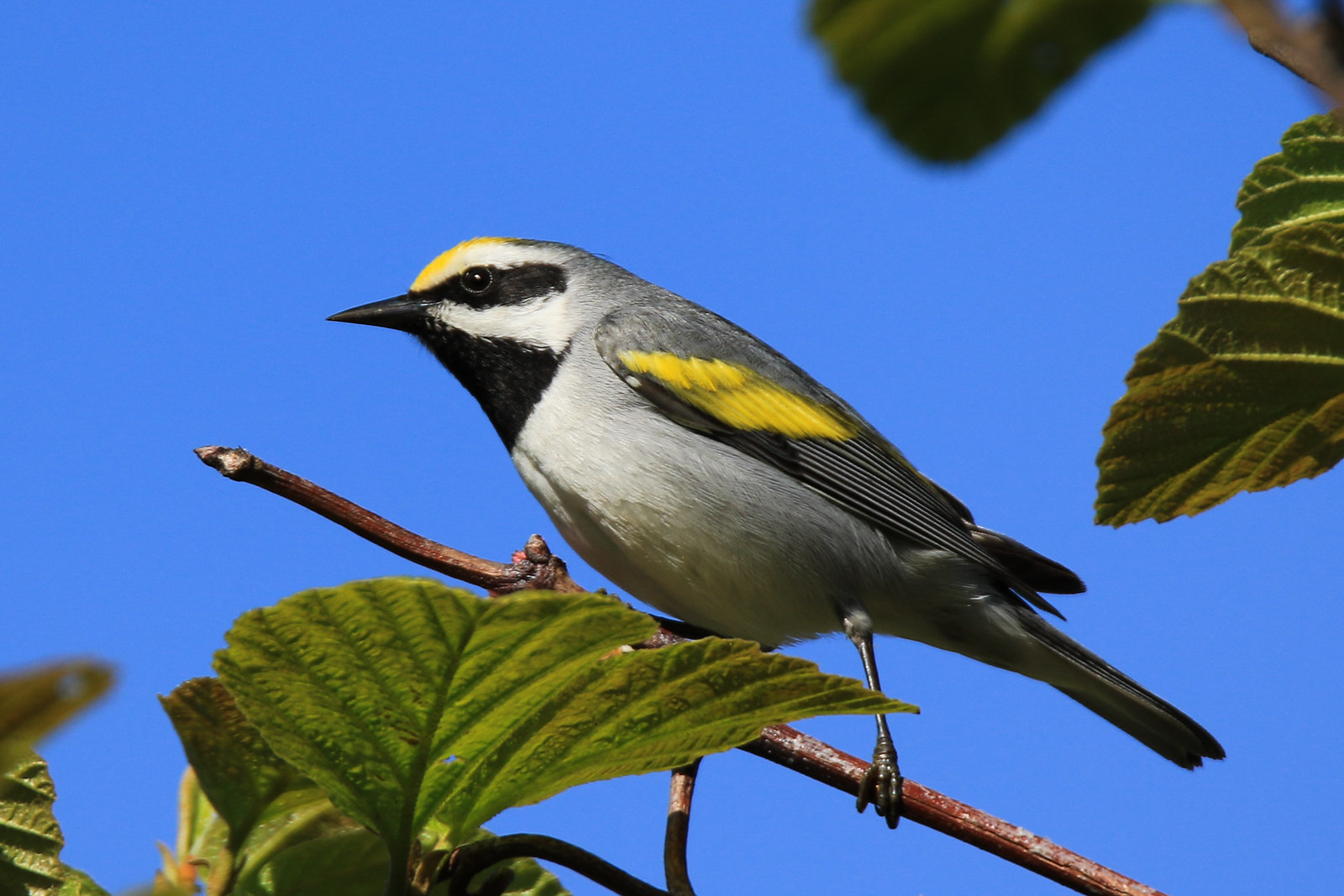
This is an Upland Sandpiper. Its habitat is grasslands, and there are only a few pairs that nest in New Jersey. A few of them like the grassland in the middle of Fort Dix military base. The base actually allows birding tours! I went for a couple of years in a row without any luck, until I was finally able to see them two years ago.
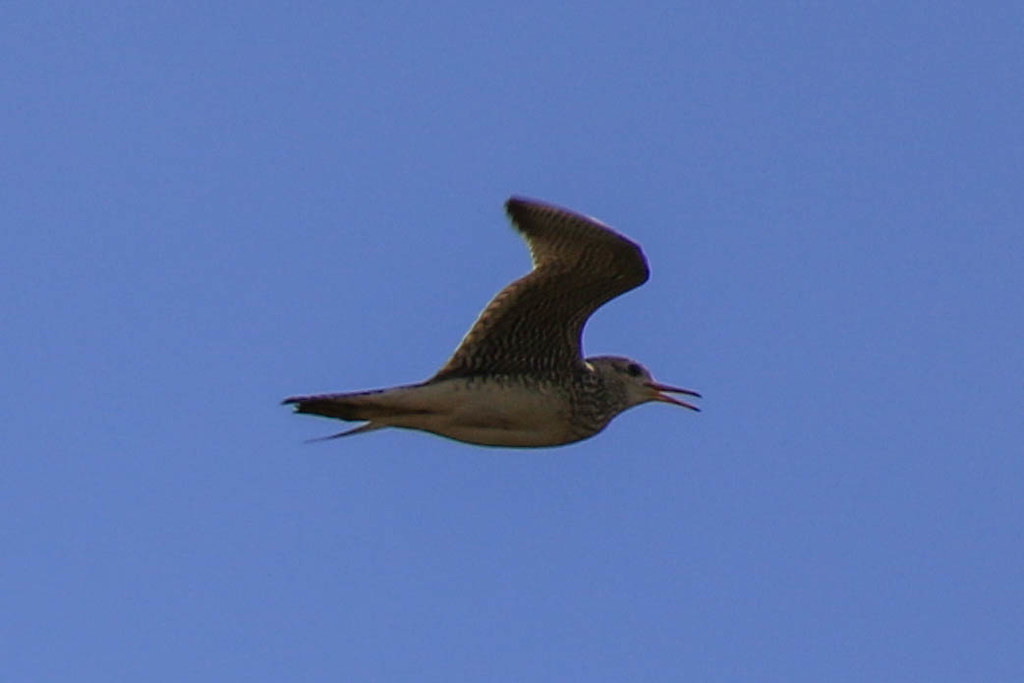
It's bad enough when the guide describes a bird as "rare", but it's a lot worse when it adds "and irregular". This American Three-toed Woodpecker is one of those. On top of that, it only occurs at high elevations, so one has to go high into the mountains for any chance to see them. We found this guy at 11,000 feet in Colorado.
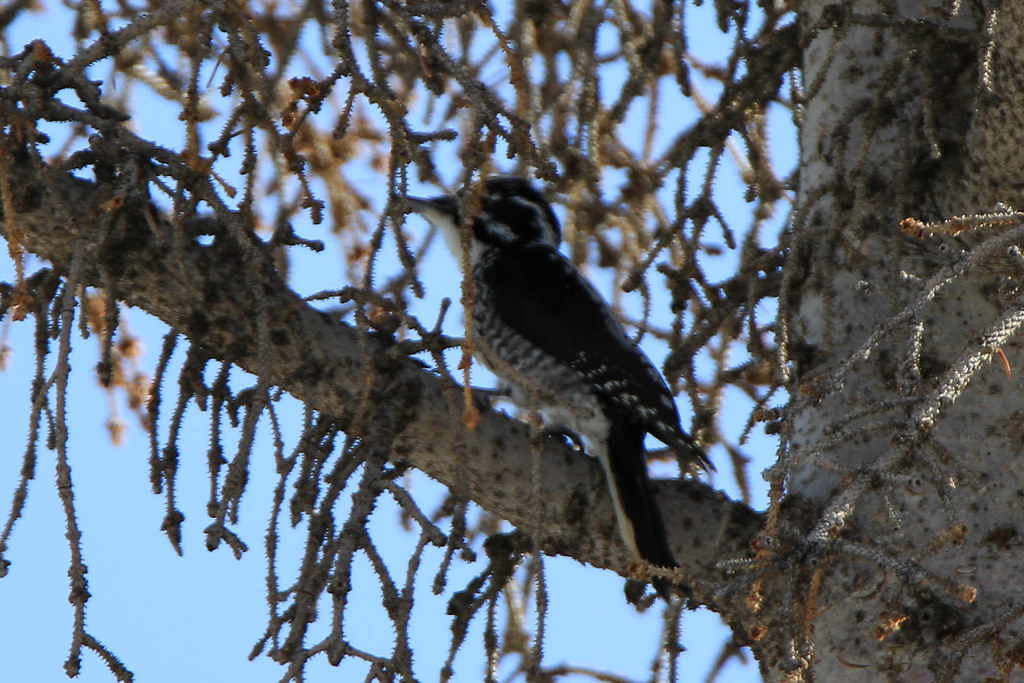
Wilson's Warbler is uncommon in the coastal areas of south-eastern US. I got this guy near St. Petersburg, Florida. It was the only Wilson's Plover in a 5-mile stretch of beach, and it took me two hours to find it.
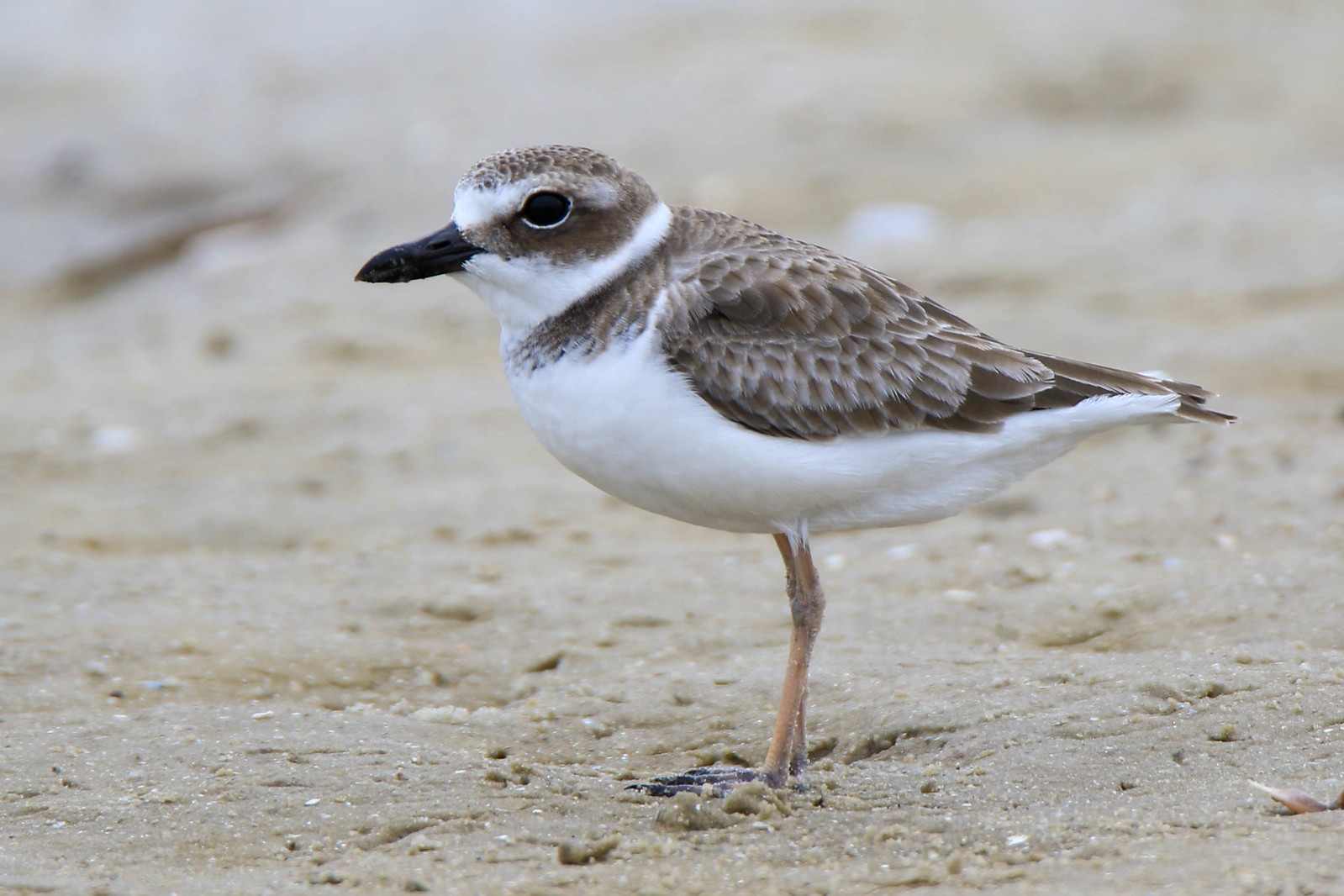
Another European migrant - Tufted Duck. They are found fairly regularly in the winter, but usually among flocks of hundreds of similar-looking scaup ducks. The tuft is a dead giveaway though! After several years of chasing reported sightings, I finally got it this year. And not just one, but two different ones - a female (on the picture below) and a male a few weeks later.



